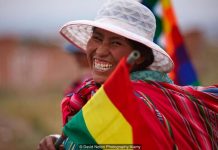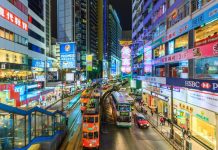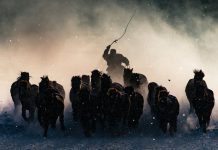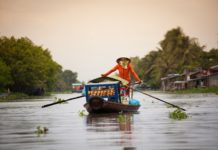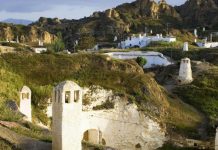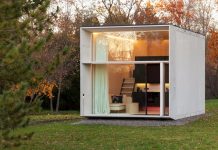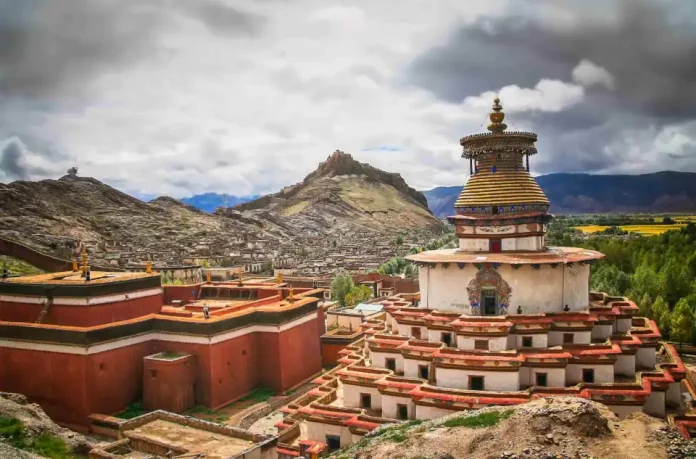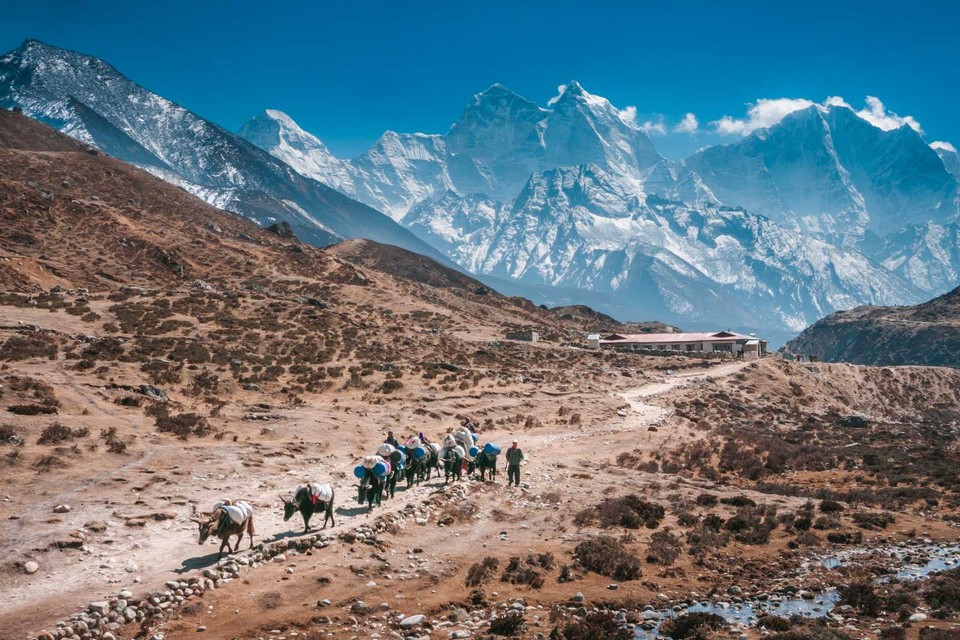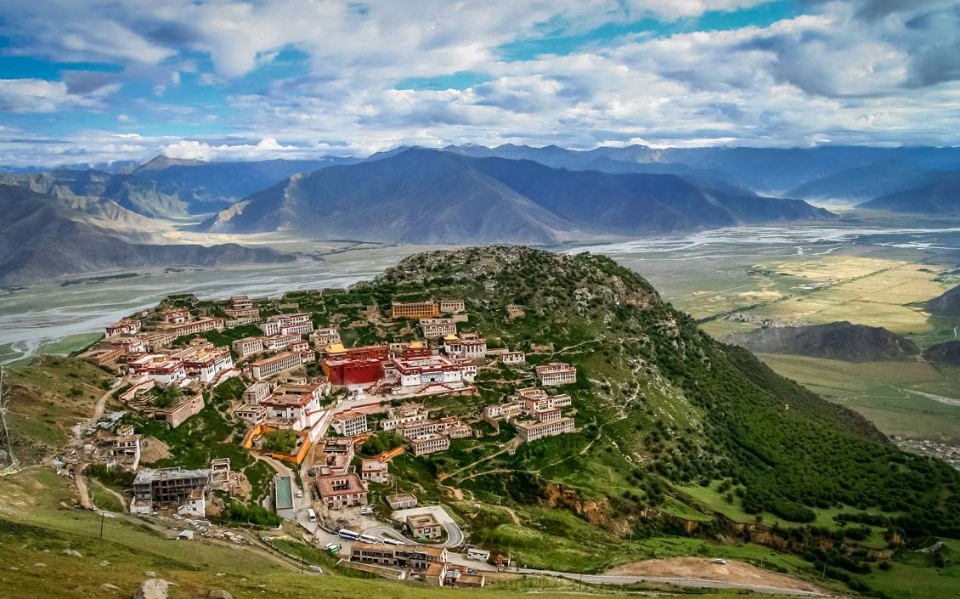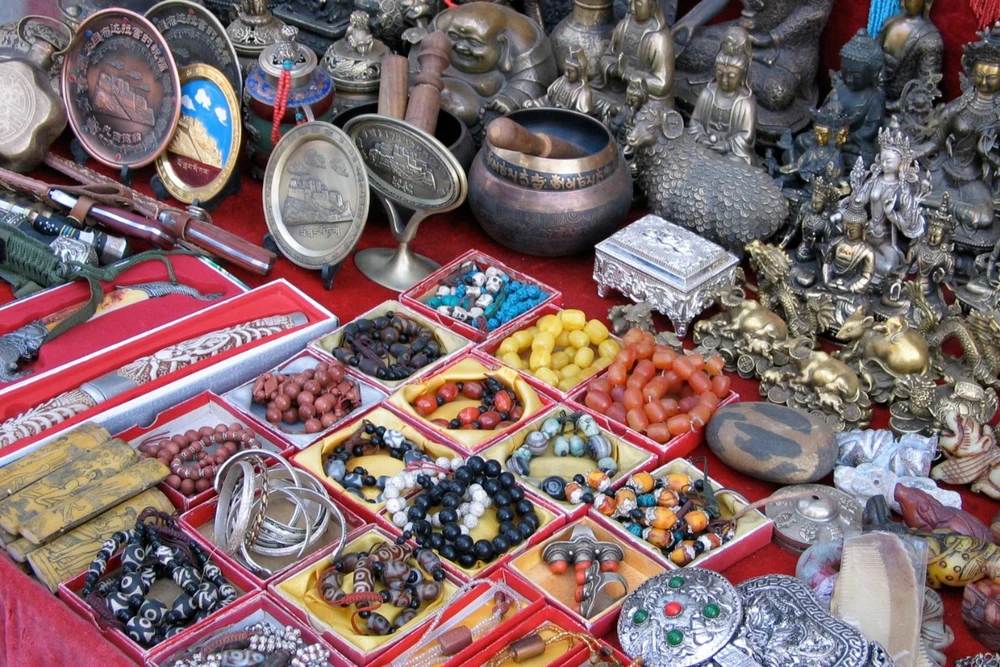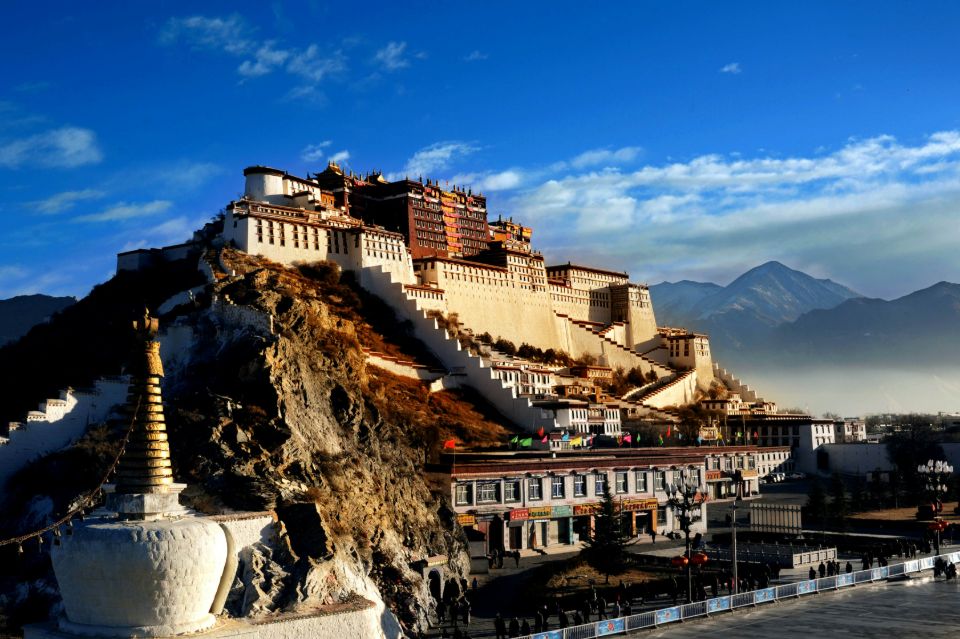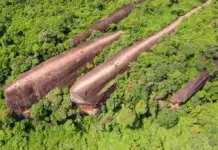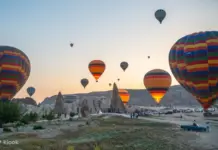Where to go and what to do when traveling to Tibet? “Pocket” the Tibet itinerary 7 days below to be ready to conquer the land of the “roof of the world” on how to spend 7 days in Tibet, (seven days in Tibet)!
- What to buy in Tibet? — Top 9+ tibet souvenirs, gifts & best things to buy in Tibet
- Where to visit in Tibet? — 17+ top, must-see Tibet attractions & best places to visit in Tibet
- Visiting Potala Palace — Tibet’s highest religious wonder
- New York best museums: 15 most famous & must visit museums in New York
- Where to go in Chiayi? 15 must-go & best places to visit in Chiayi
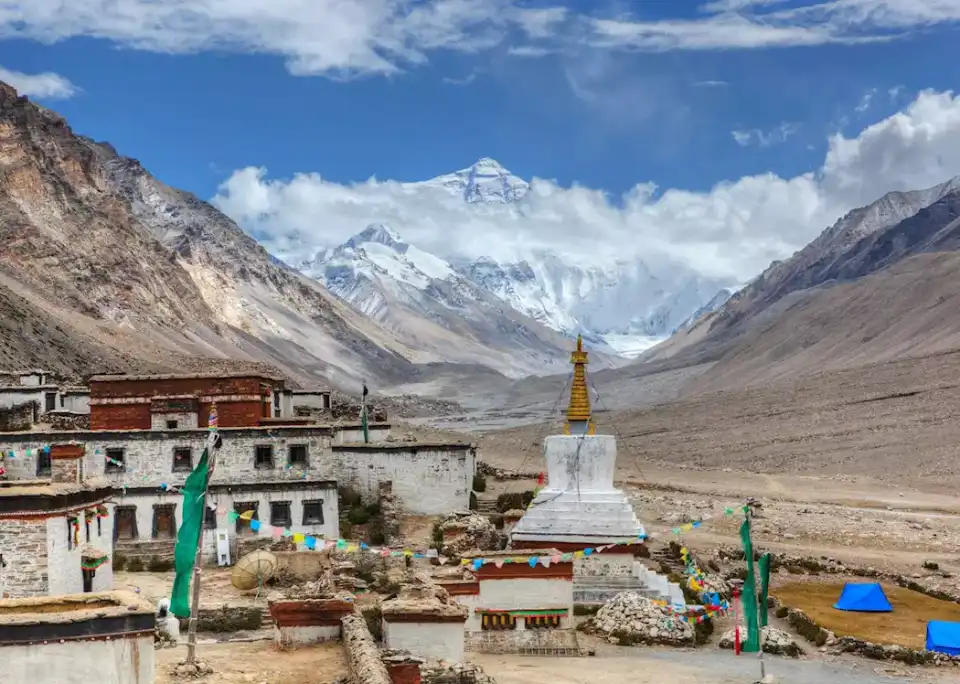
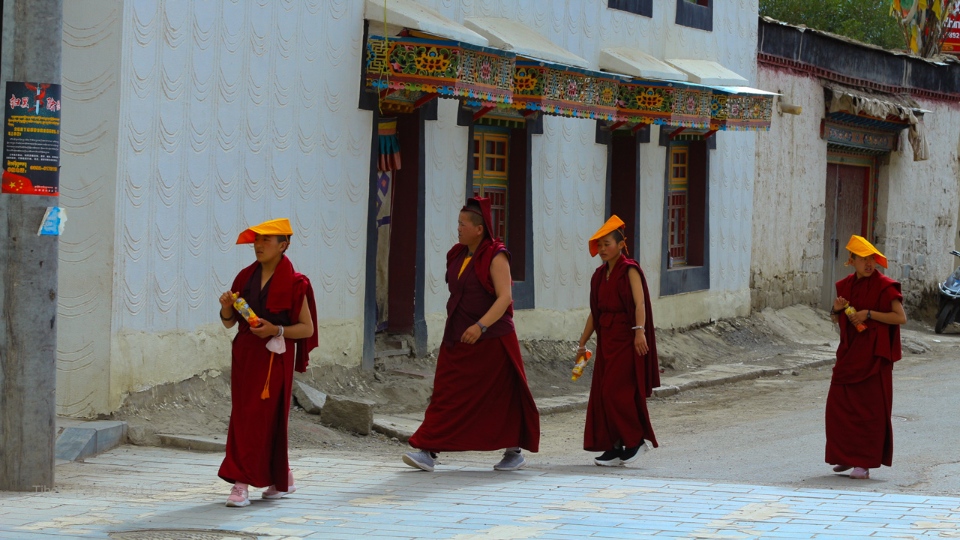
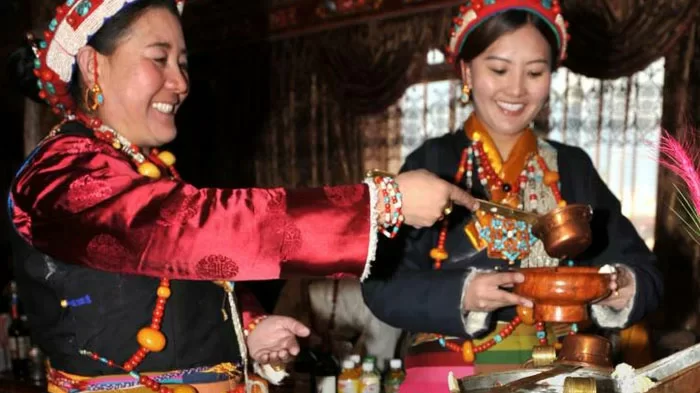
The “land on the roof of the world” Tibet possesses breathtaking scenery, ancient Buddhist culture and challenging routes, promising to bring “hard to find” experiences. So if you have 7 days 6 nights to travel to Tibet, what will the journey be like? Which routes cannot be missed, which destinations must be visited?
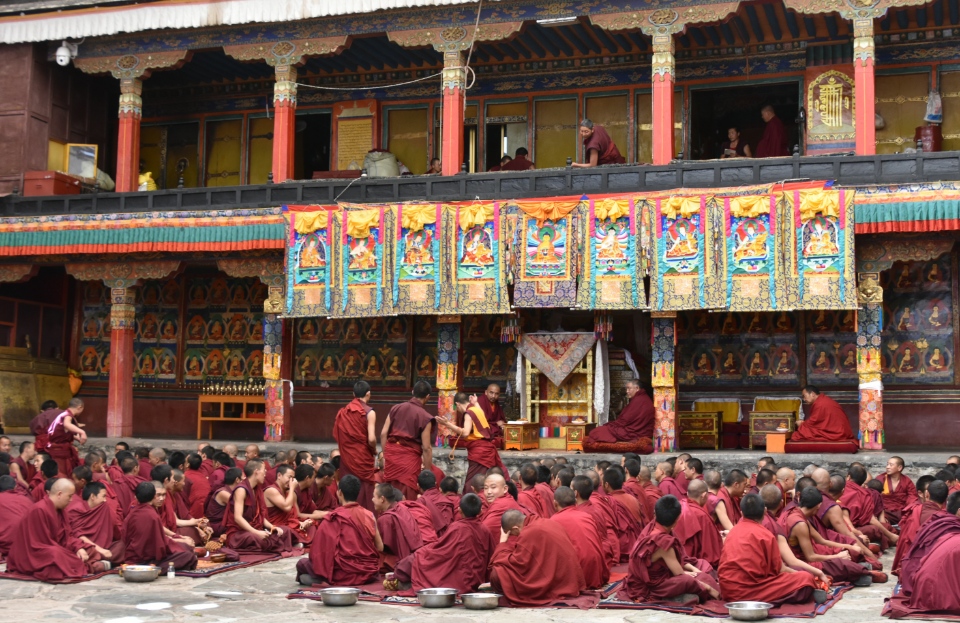
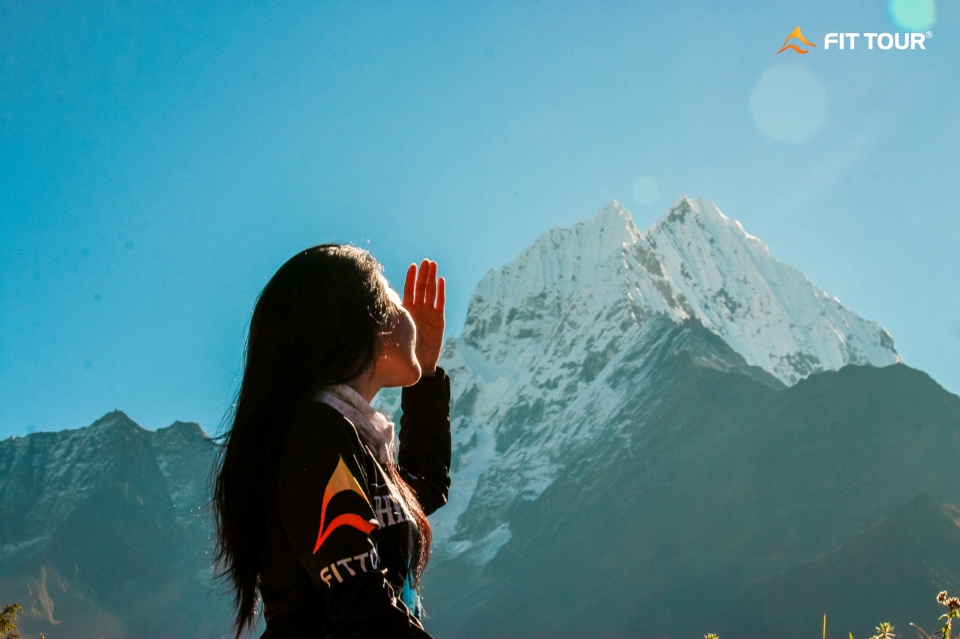
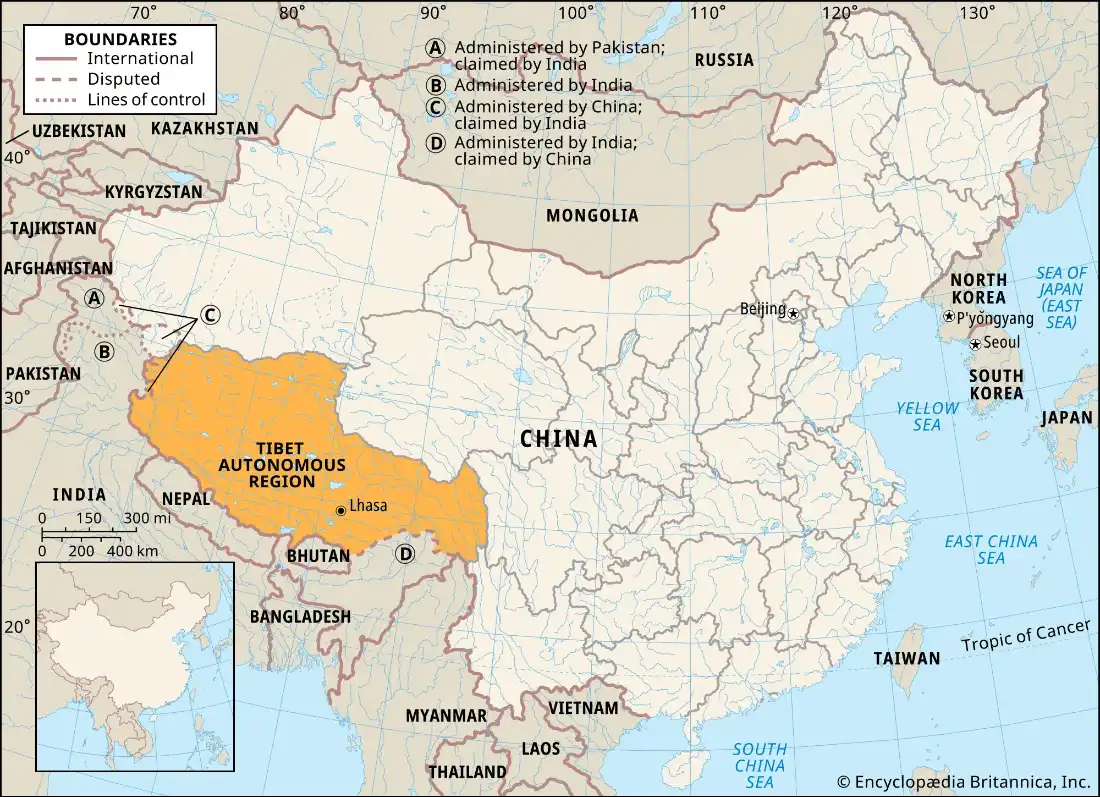
The Tibet travel itinerary 7 days 6 nights below will help you fully enjoy the beauty of this sacred land. Let’s explore!
Day 1: Depart from Vietnam to Lhasa (#Tibet itinerary 7 days)
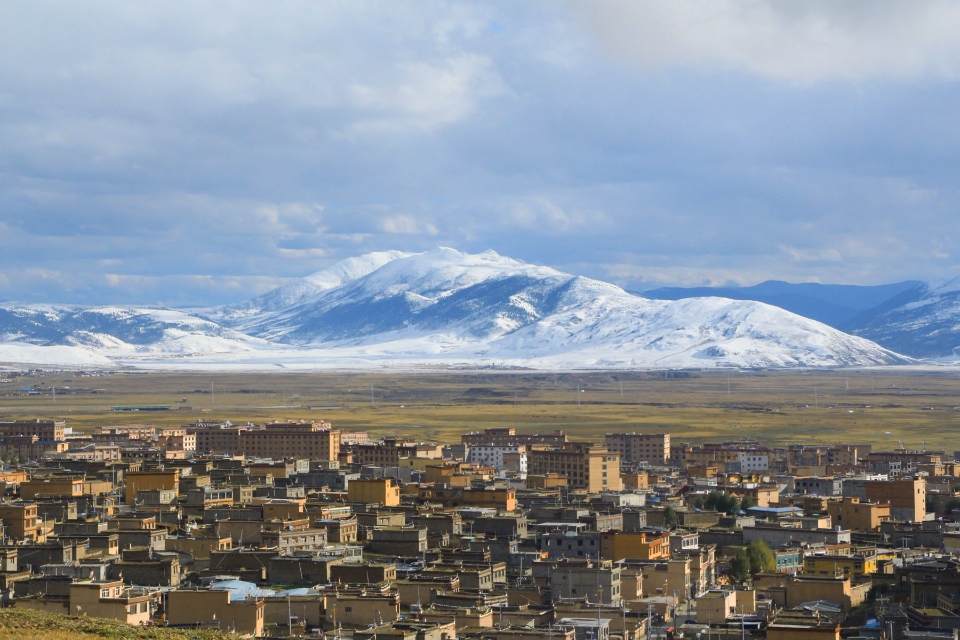
Your journey to Tibet begins with a flight from Vietnam to one of China’s major cities such as Beijing, Shanghai, Guangzhou or Chengdu. Flights from Hanoi or Ho Chi Minh City to these cities cost from 6.3 to 10.2 million VND, depending on the airline and time of booking. From here, you can continue to fly to Lhasa or experience an impressive highland train.
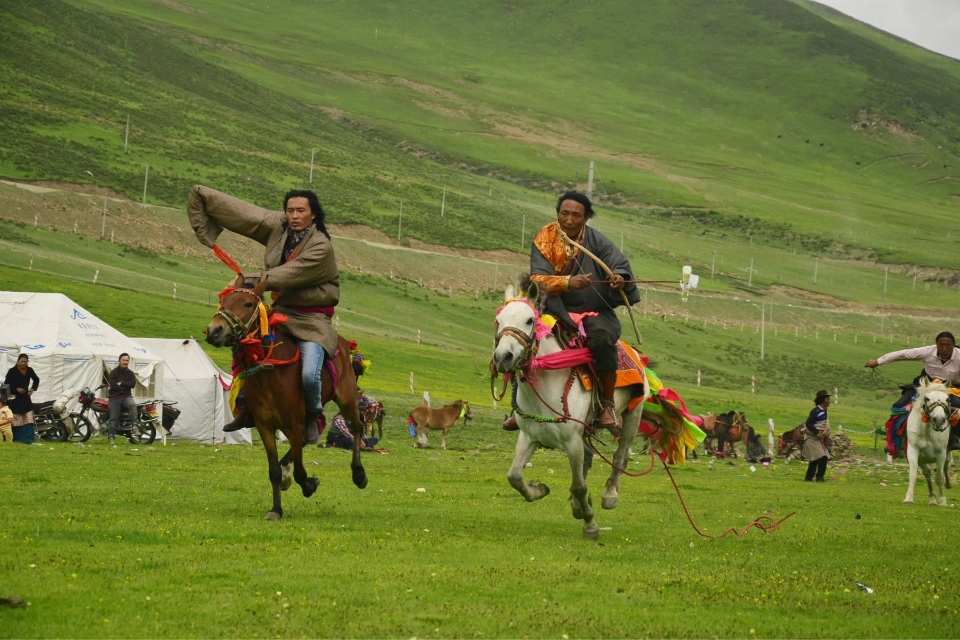
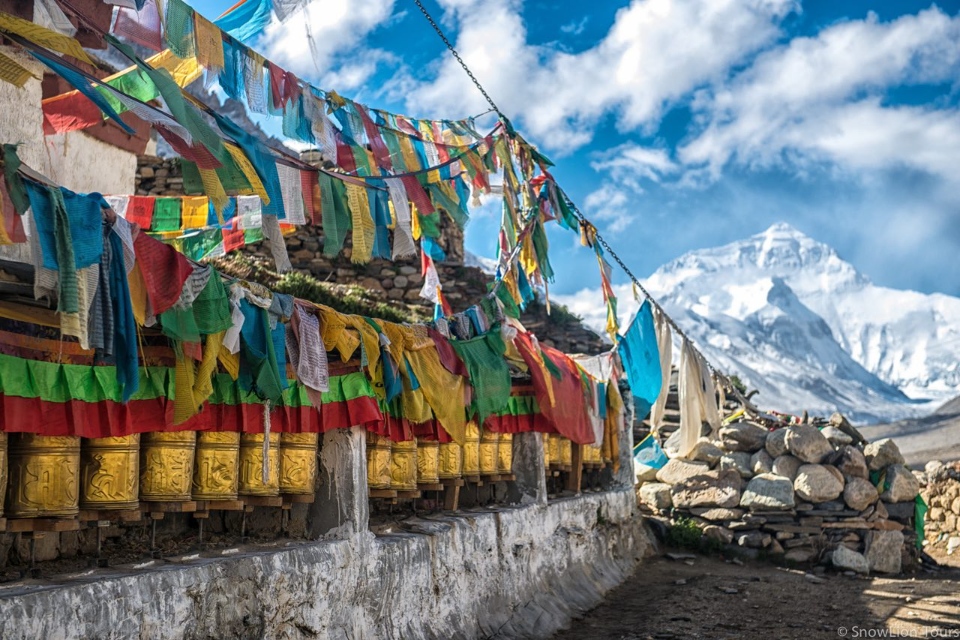
Fly from major Chinese cities to Lhasa: Airfare from Beijing, Shanghai, Guangzhou or Chengdu to Lhasa ranges from 3000 to 4000 RMB (about 10.5 to 14 million VND). If you want to save money, you should prioritize flying from Chengdu because the ticket price is usually cheaper.

Take the train to Lhasa: If you have time, the train is a worthy choice. The train ride takes about 40 to 50 hours, but in return, you will be able to admire the beautiful highland scenery. Train fares range from 1200 to 1500 RMB (about 4.2 to 5.3 million VND). Note that train tickets often sell out early, especially during peak season (July – September), so you need to book several weeks in advance.
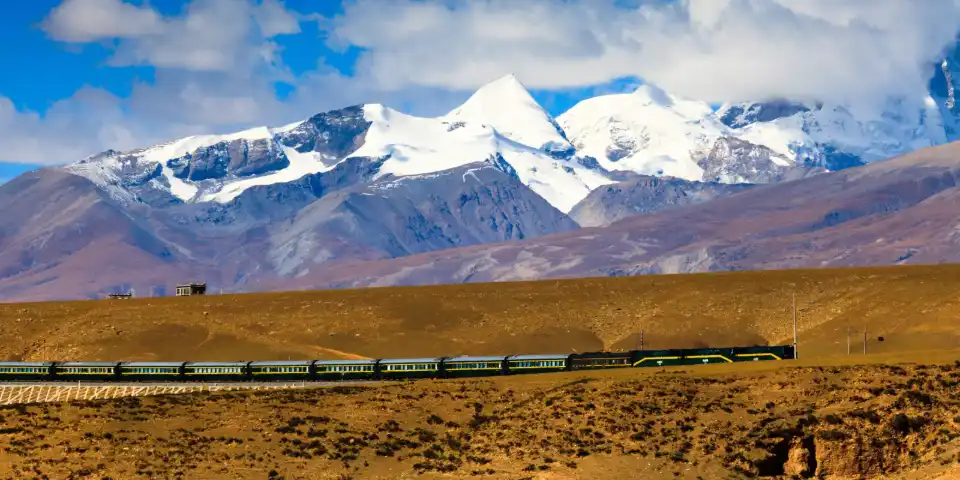
Lhasa is located at an altitude of 3,700m, so your body needs time to adapt. When you arrive, rest at the hotel, avoid strenuous exercise and drink plenty of water. In the afternoon, you can walk around the hotel area to get used to the climate and landscape of Tibet. A cup of Tibetan butter tea or light tsampa soup will help your body adapt better.

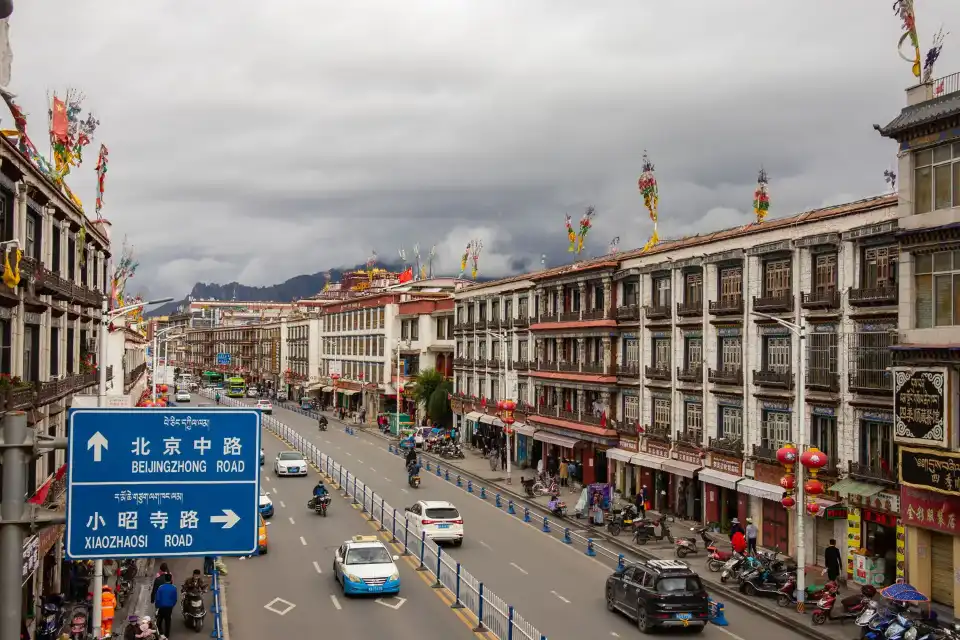
Note for those traveling to Tibet for the first time, save it to prepare for your upcoming trip:
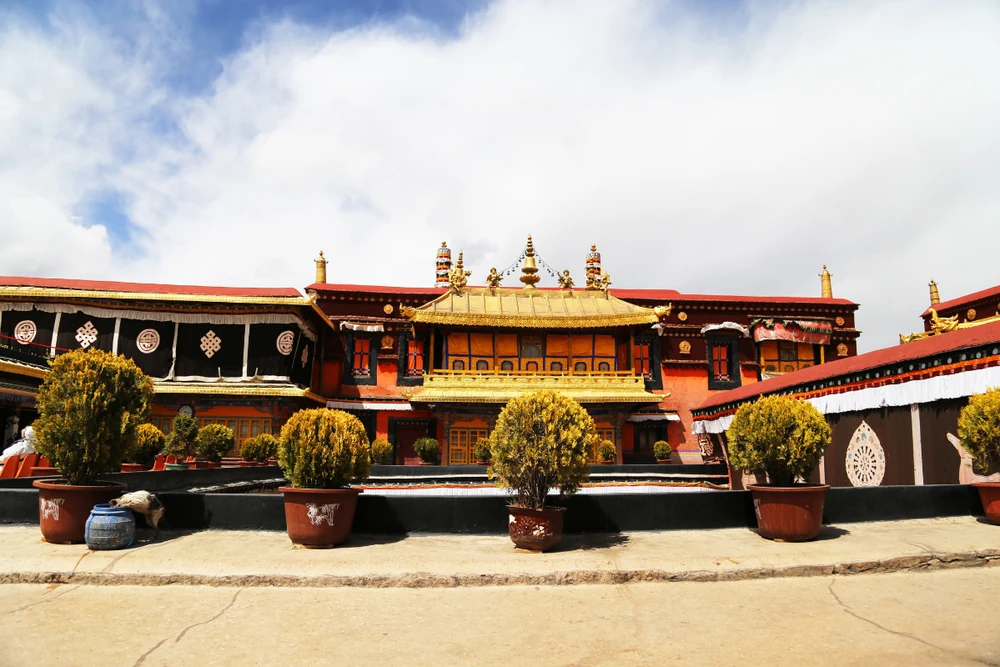
- Apply for a Tibet Travel Permit: Tibet is an autonomous region, so visitors cannot move freely but must have a tour guide. To get here, in addition to a Chinese visa, you need to apply for a travel permit issued by the embassy. This must be done through travel companies specializing in Tibet, with a processing time of about 7 – 10 days.
- Medicines and essentials: Because Tibet is located at high altitude, you should prepare headache medicine, motion sickness medicine, small oxygen tanks, and drink plenty of water to avoid altitude sickness.
- Prepare clothes: The temperature in Tibet is very harsh and changes rapidly, bring a thick coat, long pants, gloves, woolen hat, sunglasses and comfortable walking shoes to ensure health and convenience in moving.
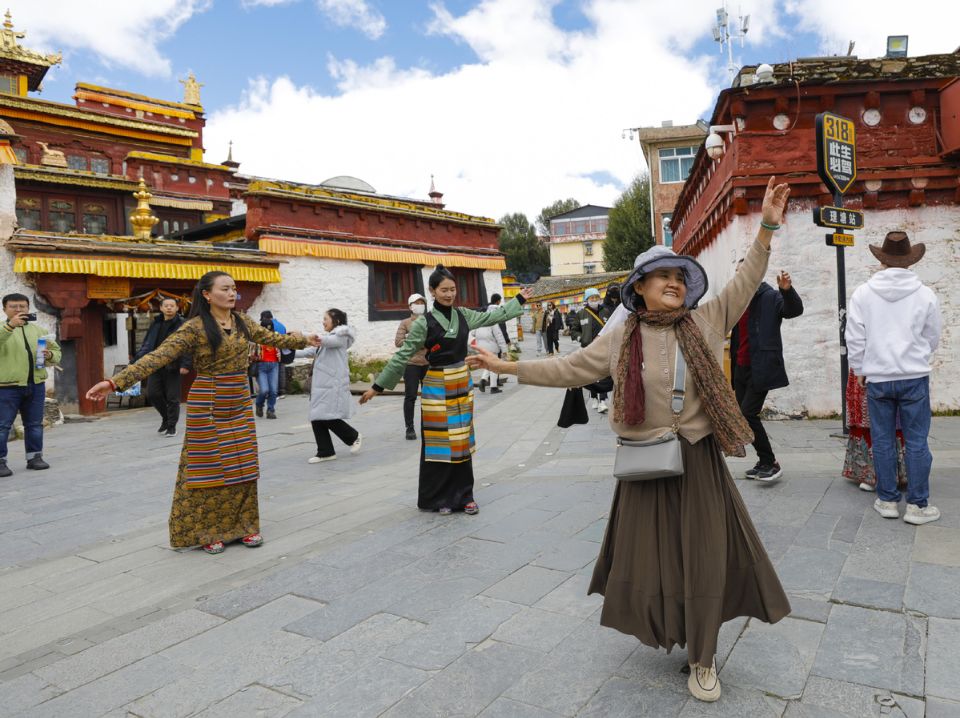
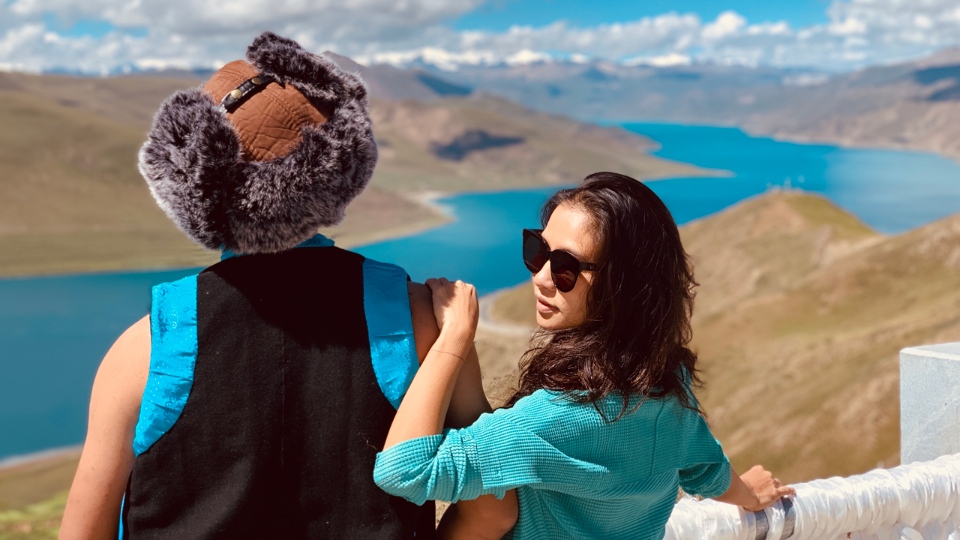
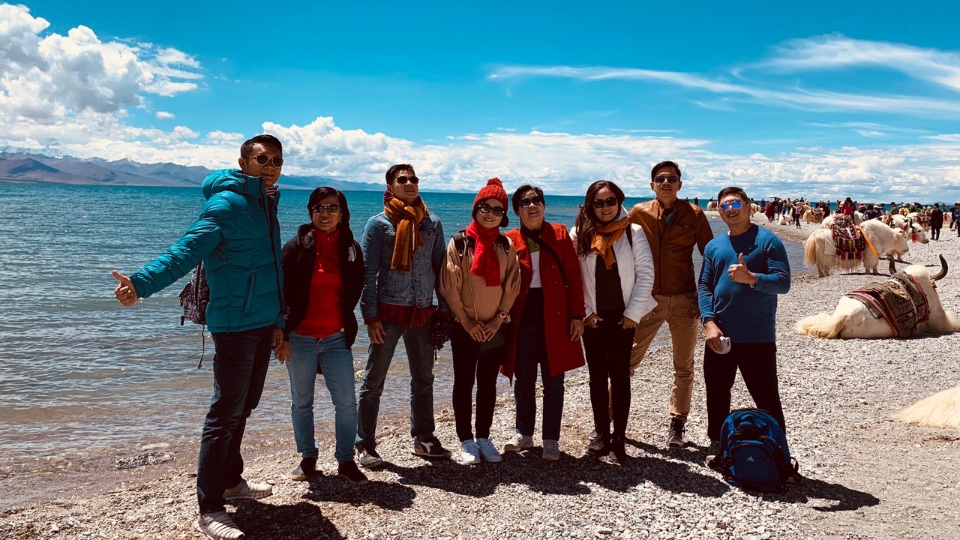
Day 2: Explore Potala Palace, Jokhang Monastery, Barkhor Street
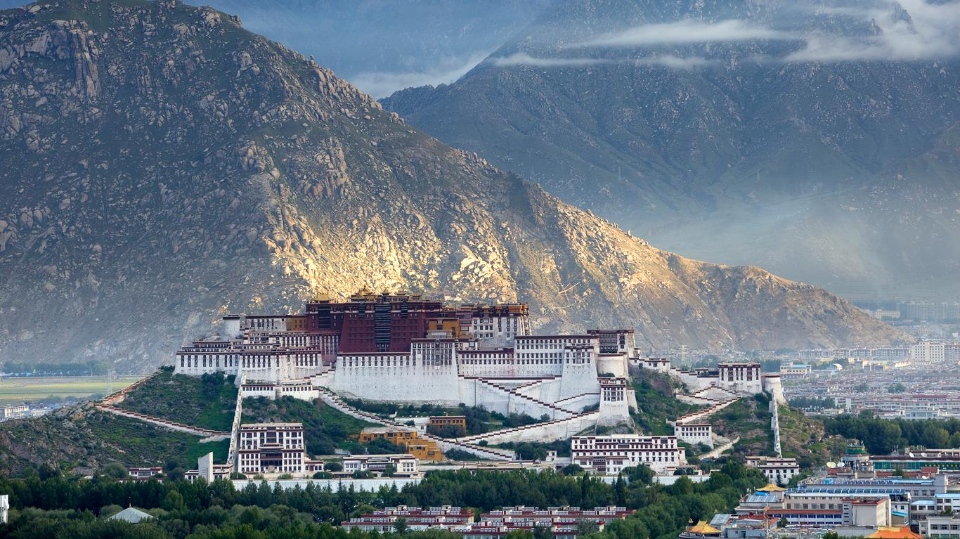
After breakfast, you begin your journey to explore Lhasa with the first stop – Potala Palace, a prominent symbol of Tibet. Located on the top of Marpo Ri Mountain, this 1,300-year-old palace was once the residence of the Dalai Lama and played an important role in politics and religion. When climbing the sacred steps, you will admire the exquisite Thangka paintings, majestic Buddha statues, vivid murals and countless Buddhist artworks.
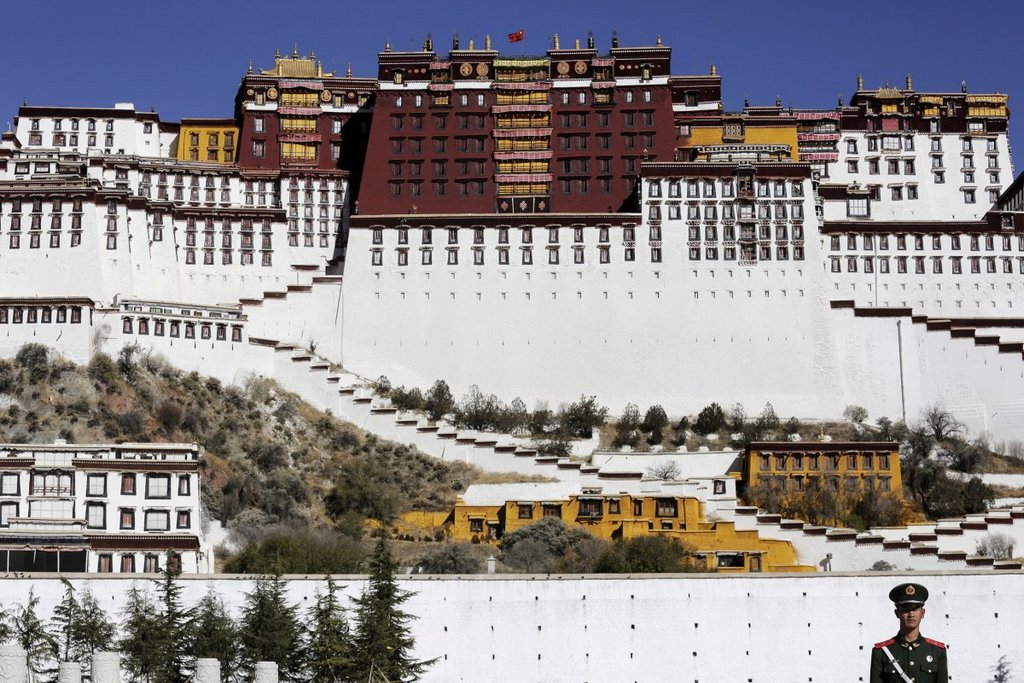
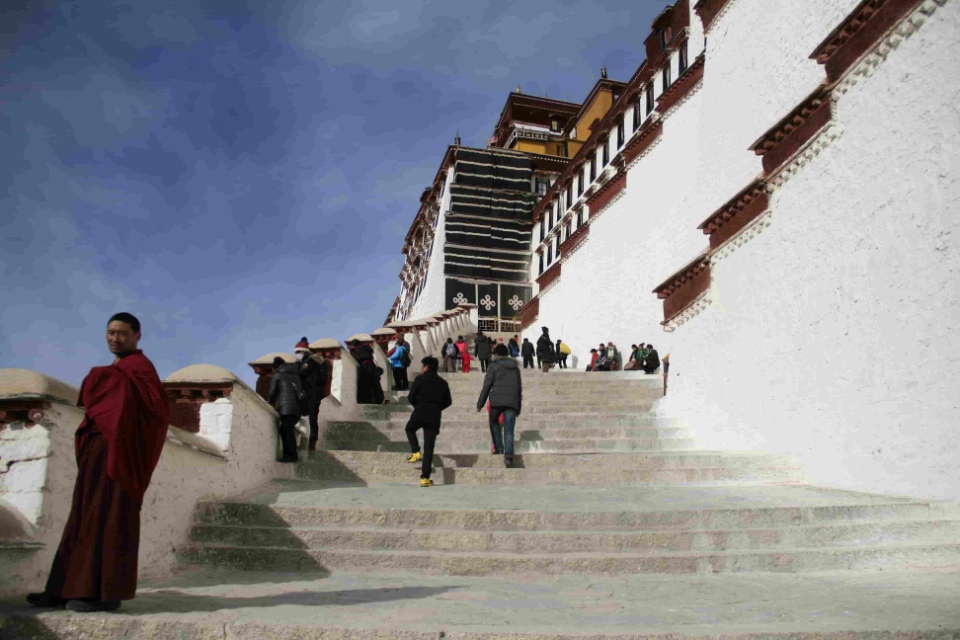
Note that visitors only have 1 hour to visit and need to follow a fixed route. Items such as drinking water, cigarettes or oxygen bags are not allowed. The entrance fee is 200 RMB (~701,694 VND) from May to October and 100 RMB (~350,847 VND) from November to April.
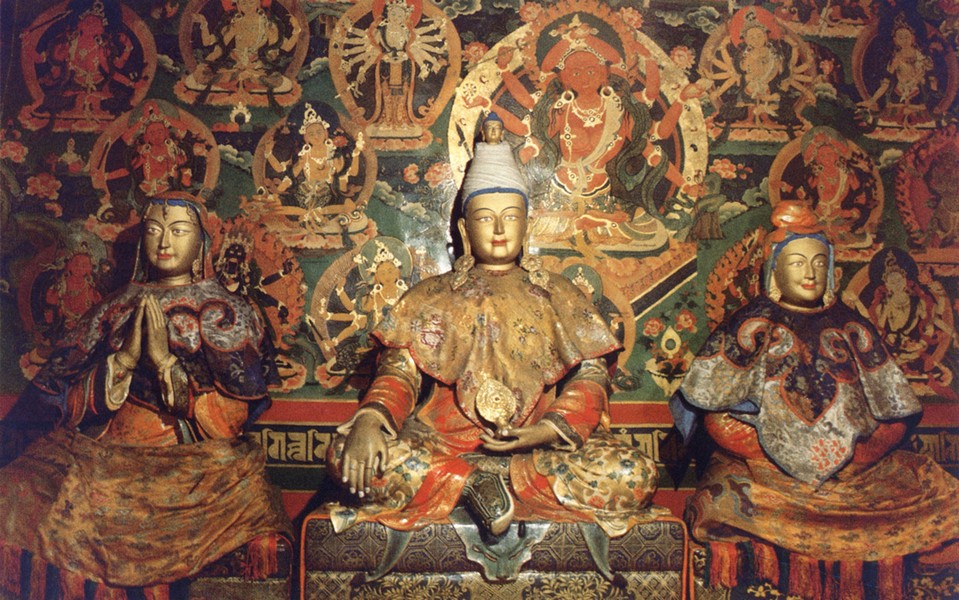
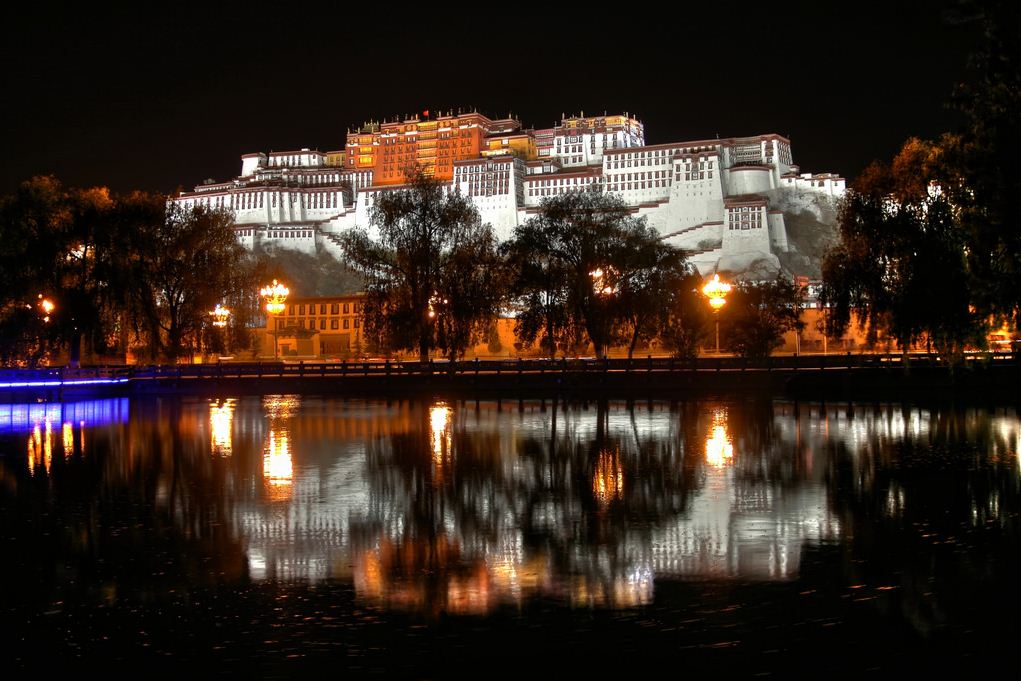
In the afternoon, you continue your journey to explore Lhasa at Jokhang Monastery, which houses a precious statue of Buddha Sakyamuni from more than 1,300 years ago. This monastery is the spiritual center of Tibet, attracting thousands of pilgrims to worship every day. You will be impressed by the unique architecture combining Tibet, China, Nepal and India, along with murals depicting the history of the monastery’s formation. The monastery opens its doors to visitors from 11:30 onwards (mornings are reserved for pilgrims), with an entrance fee of 85 RMB (~298,220 VND).
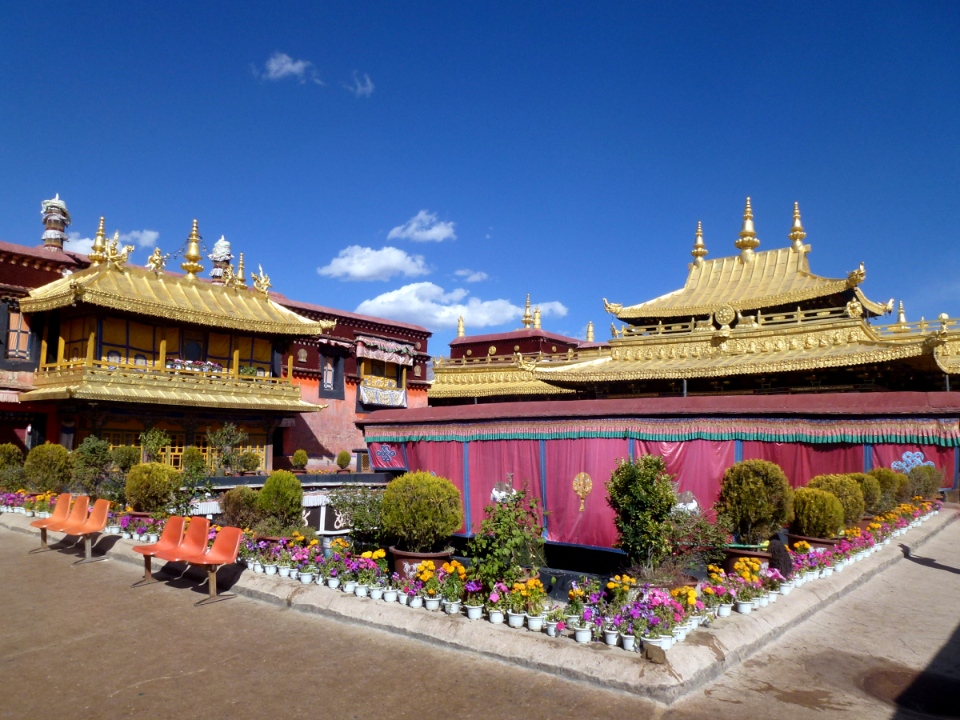
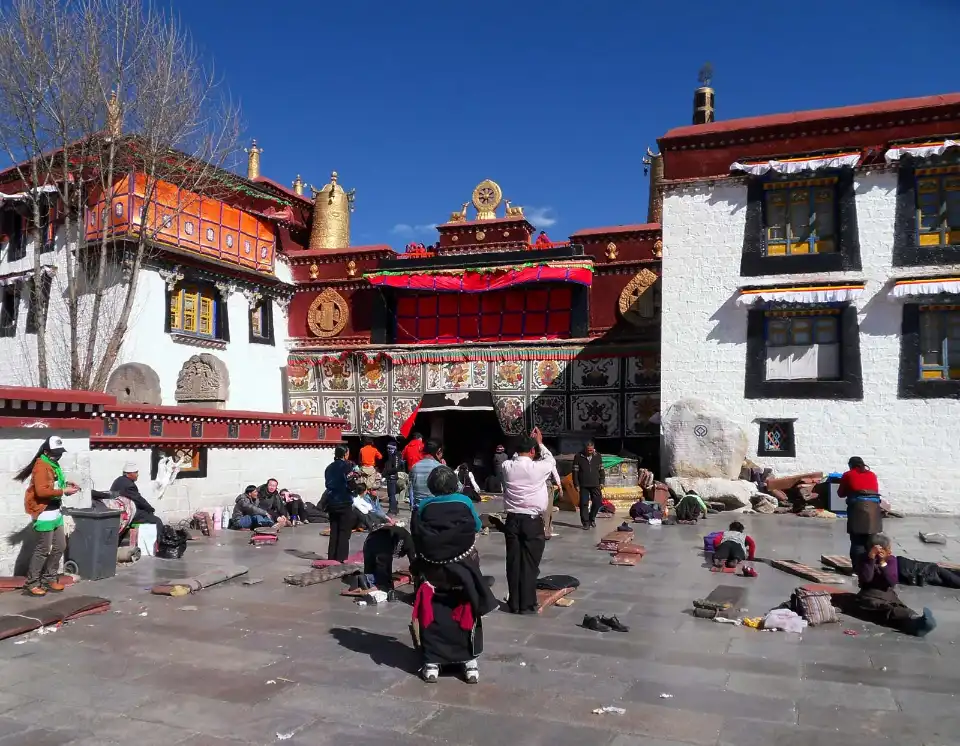
Right after the Jokhang Gate, Barkhor Street is a must-see stop. This is not only a famous pilgrimage route but also the busiest street in Lhasa. Walking here, you will clearly feel the Tibetan culture, have the opportunity to enjoy typical cuisine and buy souvenirs such as rosaries, Khata scarves, Buddha statues or colorful Thangka paintings.

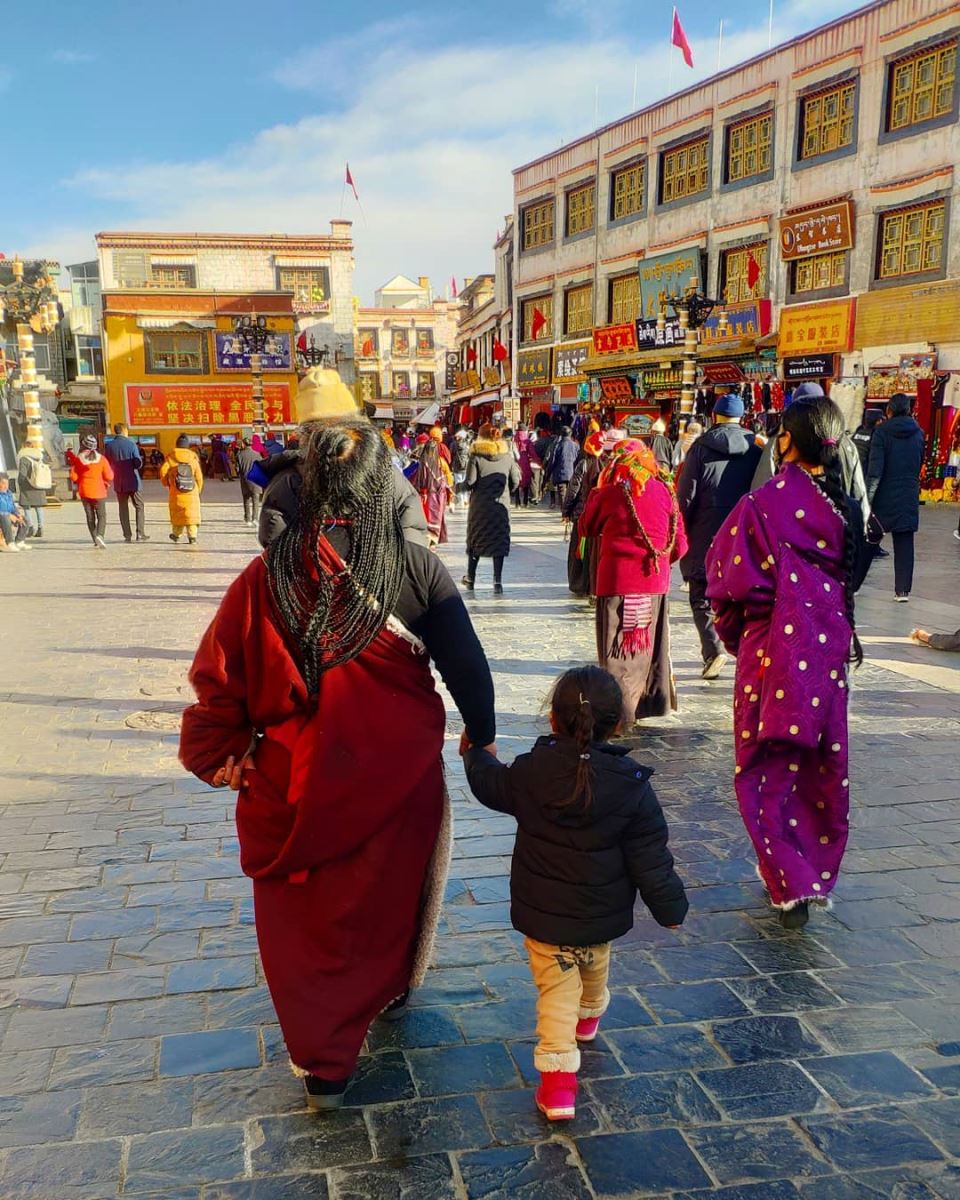
Day 3: Journey to the Great Monasteries of Tibet Drepung and Sera (#7 days in tibet)
On the third day, get ready to learn about Tibetan religion and culture at the most important monasteries in Tibet – Drepung and Sera, where the quintessence of Tibetan Buddhism is preserved. This is not only an opportunity for you to explore the unique architecture and religious art, but also an opportunity to feel the spiritual life of the monks here.
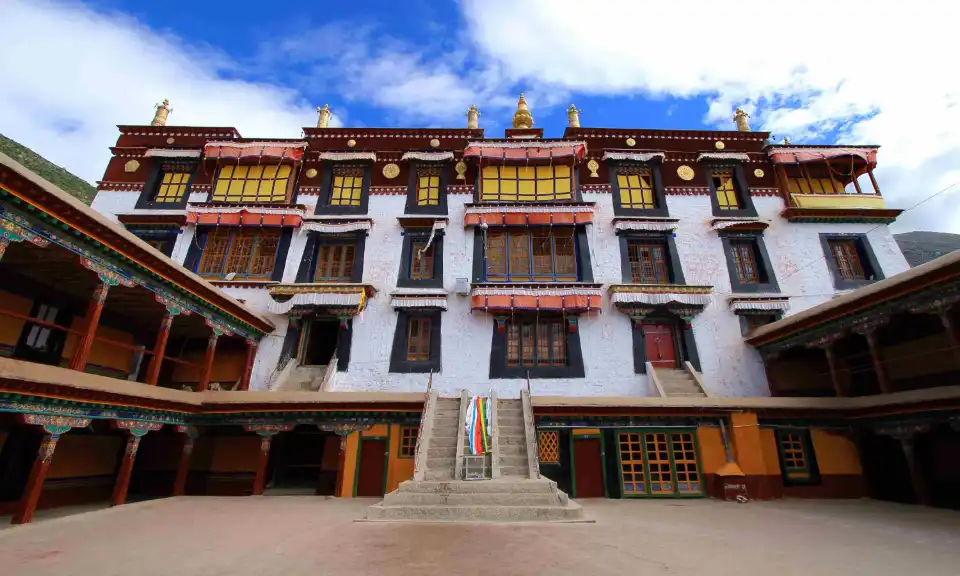
Located on the western outskirts of Lhasa, Drepung Monastery was once the largest monastery in the world with more than 10,000 monks. Dubbed the “Nalanda University of Tibet”, Drepung is an important Buddhist training center of the Gelug sect. When you visit, you will have the opportunity to admire ancient Buddha statues, exquisite murals and a precious library of Buddhist scriptures. If you are lucky enough to visit in the seventh month of the Tibetan lunar calendar, you will also witness the Shoton Festival with a giant thangka painting exhibition.

Sera Monastery is the next destination, about 30 minutes by taxi from Drepung Monastery. Sera Monastery is one of the three most important monasteries in Tibet, famous for its magnificent halls, gilded Buddha statues and ancient Buddhist scripture libraries. Sera is famous for its daily Buddhist debates between monks.
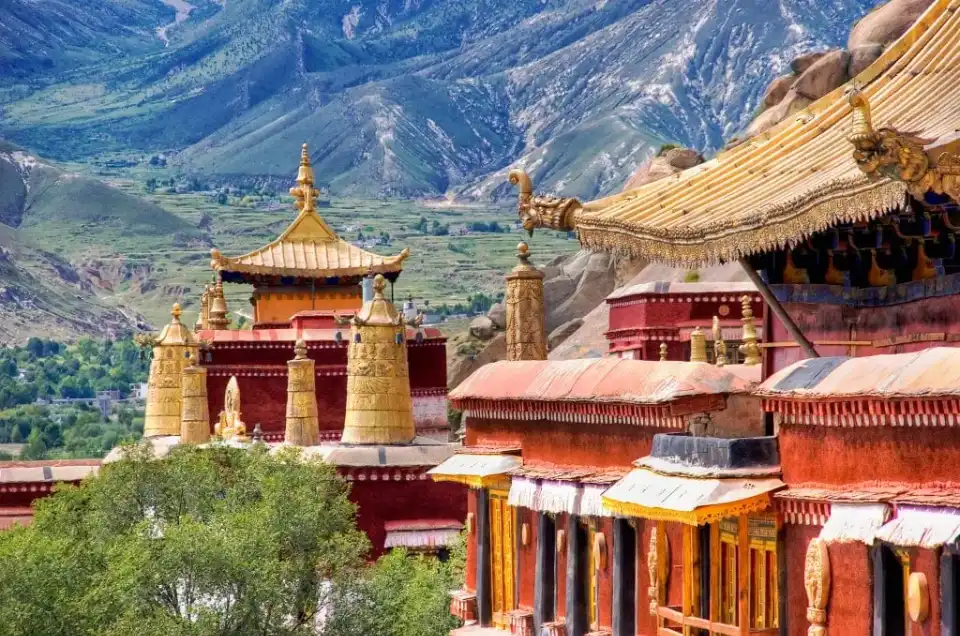
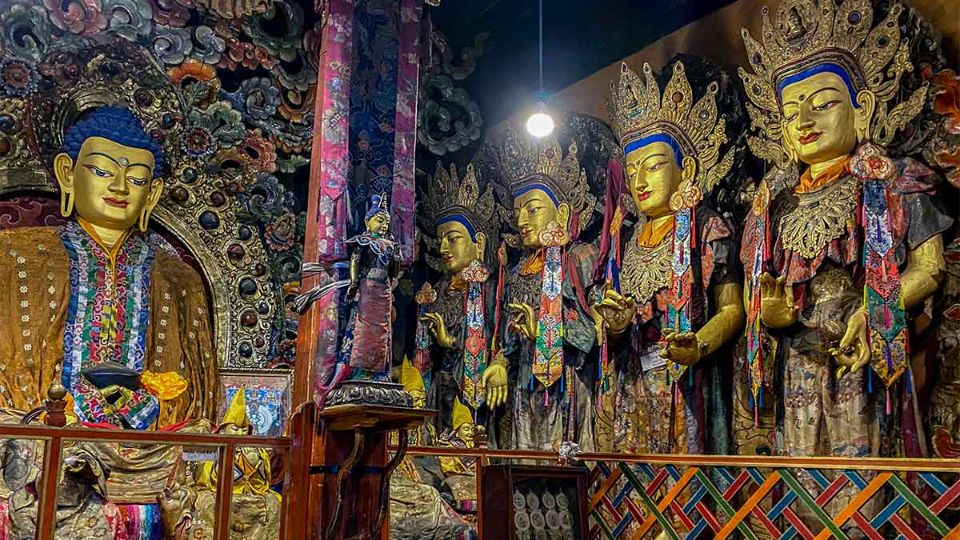
After leaving the monastery, explore local life at Chongsaikang traditional market. This market has existed for hundreds of years and is a place where many ethnic groups, from Tibetans, Han Chinese to Hui people, meet. This is an ideal place to experience the peaceful local life, shop for Tibetan handicrafts or enjoy traditional dishes such as tsampa, dried yak meat and butter tea.
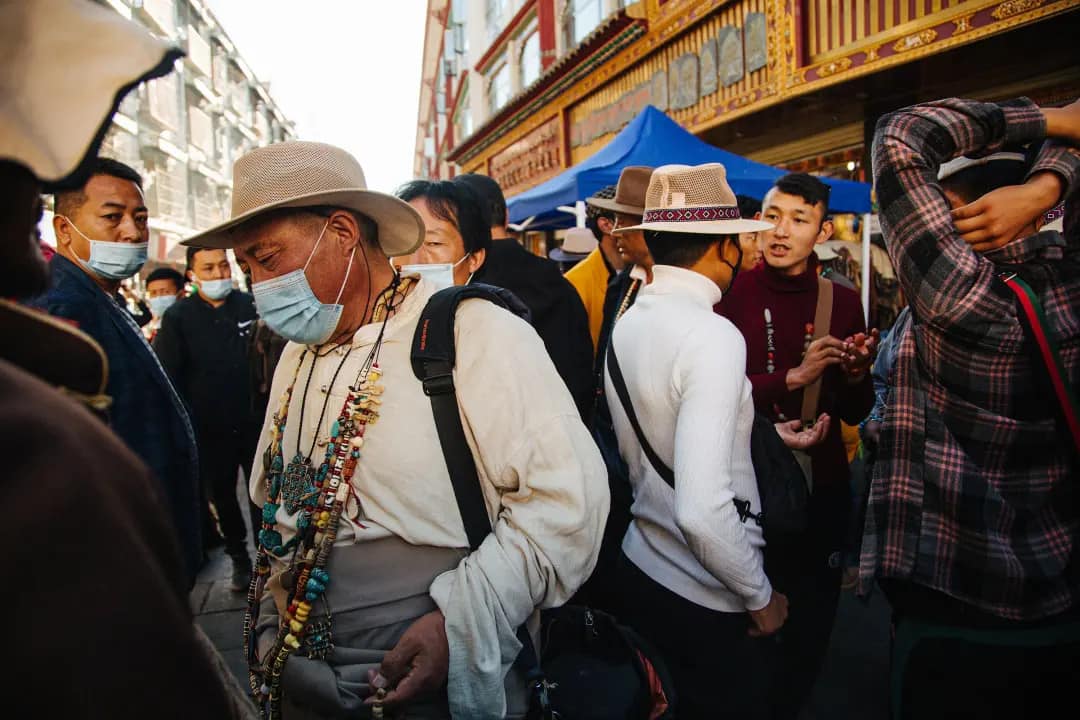
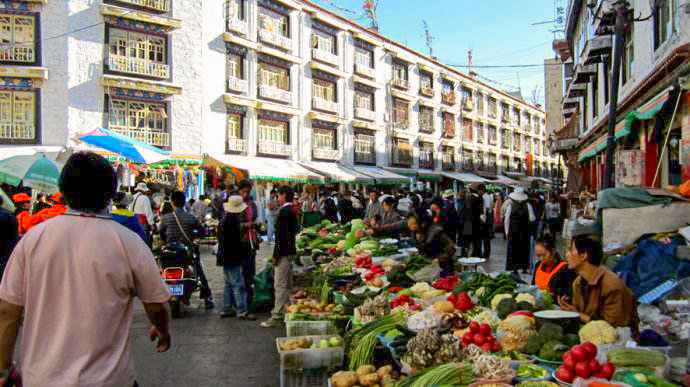
Day 4: Visit Yamdrok Lake – The Sacred Lake of Tibet
In the morning, leave Lhasa, move south along Highway S307 to get closer to Mount Everest. After about 1.5 hours of driving, you will reach Kamba La Pass, the first scenic spot of Yamdrok Lake. From here, the turquoise lake appears between the majestic snow-capped mountains and the breathtaking scenery is unforgettable. At an altitude of 4,441m, Yamdrok is one of the three most important sacred lakes in Tibet. According to local beliefs, the spirit of a goddess resides in the clear water, bringing life to this land.
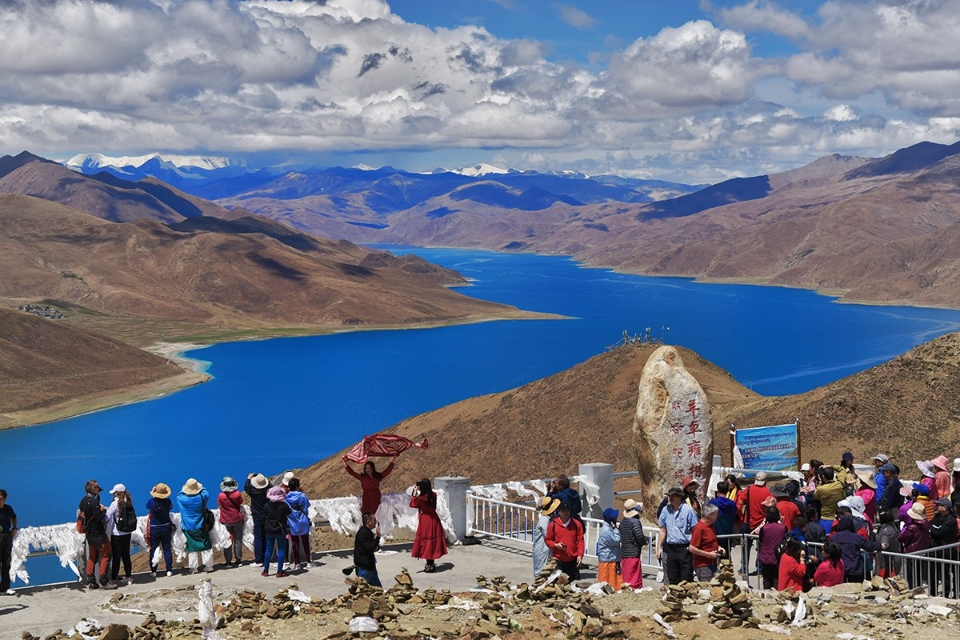

After stopping to take photos at Kamba La Pass, you continue down closer to the lake to feel the peaceful beauty of this place. Around the lake are large valleys where Tibetans live with yaks and sheep. If you go in winter, you will encounter flocks of migratory birds from Mongolia and Tibet flying to roost on small islands in the lake. In particular, Yamdrok is one of the few freshwater lakes in Tibet where fish live, but the locals do not catch them because they believe that fish are the incarnation of the water god.

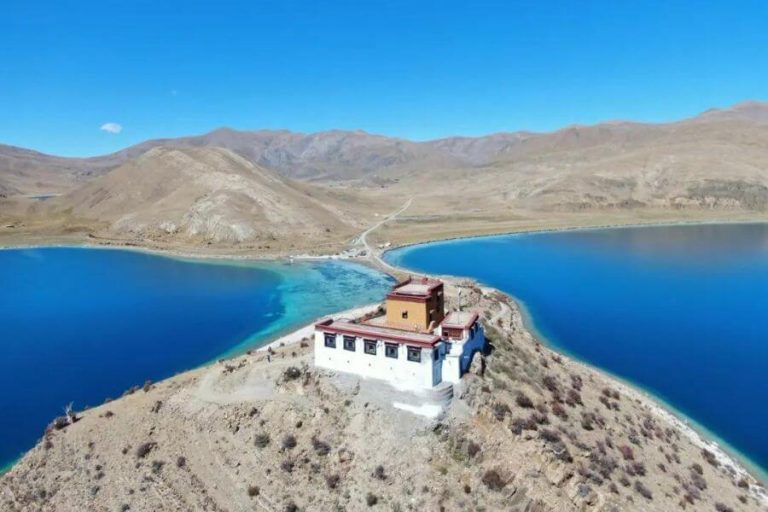
At noon, you enjoy a light meal at a roadside restaurant, before continuing to one of the attractions near the lake – Samding Monastery. This is the only monastery in Tibet with a female abbot, associated with the legend of Samding Dorje Phagmo – the most powerful reincarnated female Lama in Tibet. With ancient architecture and a peaceful space, this is an ideal stop for you to learn more about Tibetan Buddhism.
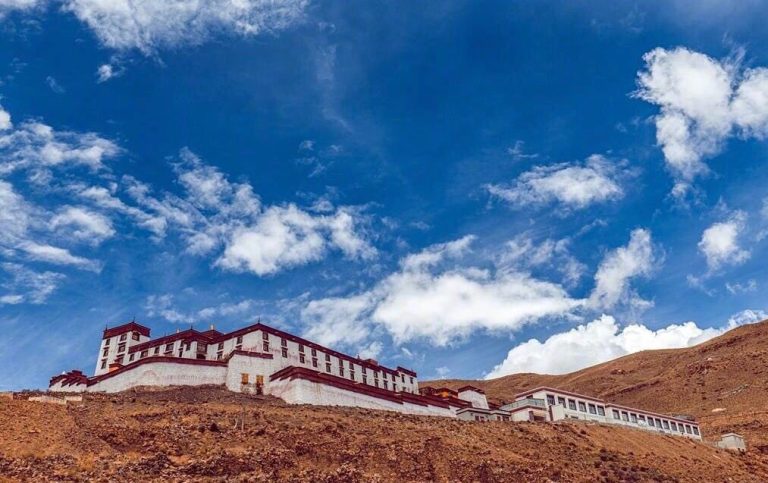
In the afternoon, the trip continues to Gyantse town, where the famous Kumbum stupa is located in the Pelkor Chode monastery. Kumbum is known for its beautiful murals, representing the quintessence of Tibetan Buddhist art. In addition, you can also visit the Gyantse Dzong fortress, an iconic historical structure with a location overlooking the Gyantse valley.
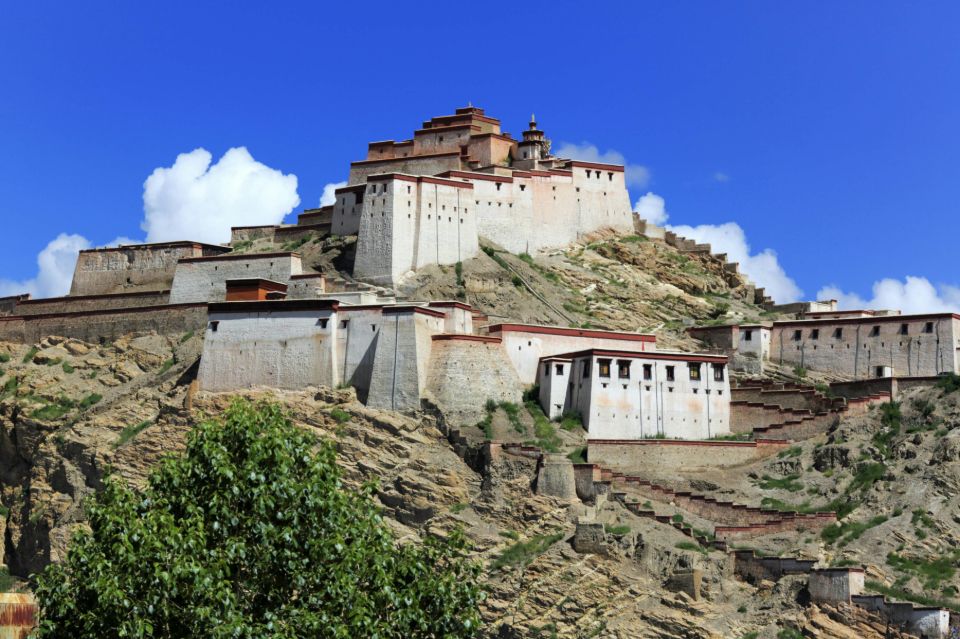
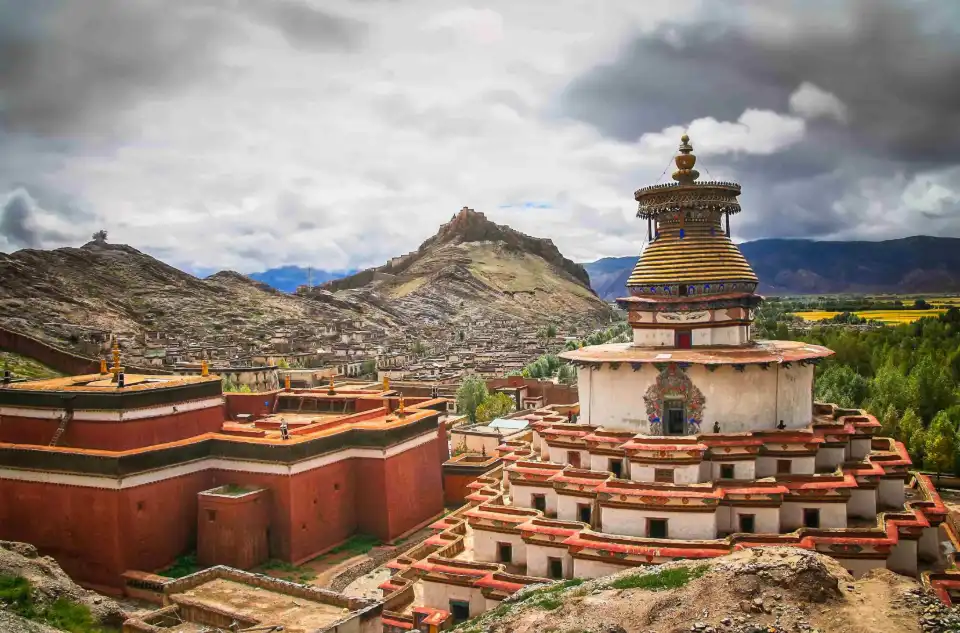
From Gyantse, you continue to Shigatse, the second largest city in Tibet. The distance of 350km can take from 4 to 5 hours to travel. Upon arrival, you will have dinner and rest, preparing for the trip to Everest Base Camp to see Mount Everest the next day.

Day 5: Conquer Everest Base Camp – Rongbuk Monastery, View Everest Peak (#seven days in tibet)
The day 5 of the journey is the most memorable experience when you head to Everest Base Camp (EBC), the closest point to see Mount Everest without climbing. The journey begins when you cross Gyatso La, a 5,220-meter pass that opens up a majestic view of the Himalayas with Everest towering in the sky. This is a great opportunity to admire the world’s highest mountain from afar and enjoy the fresh air of the sacred land of Tibet.
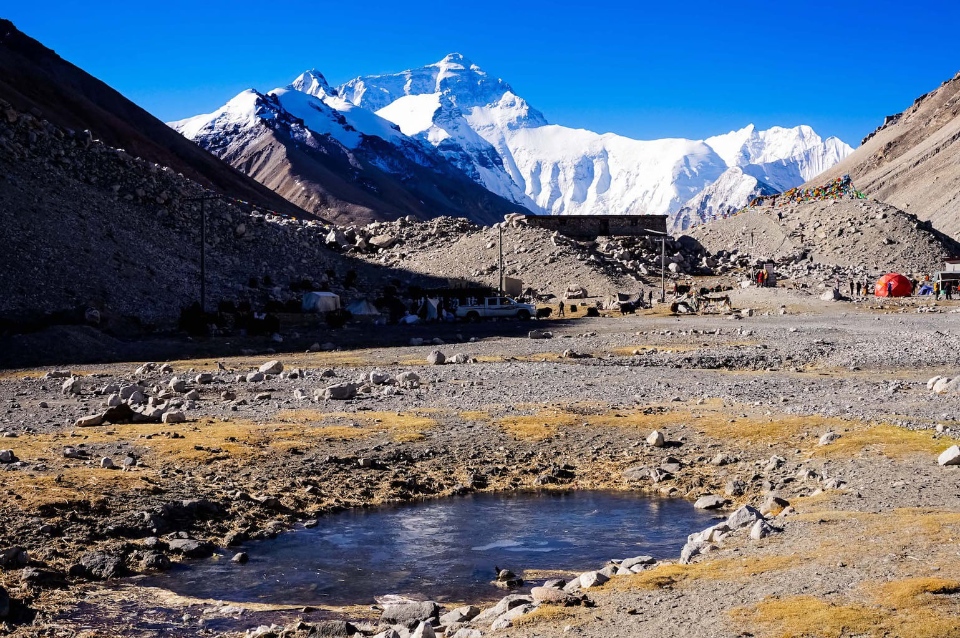
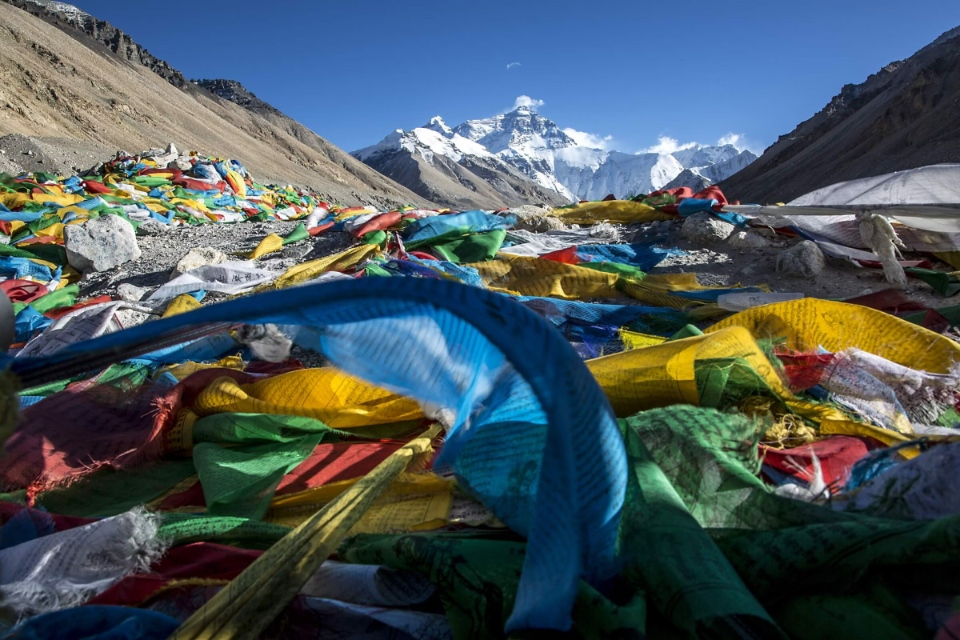
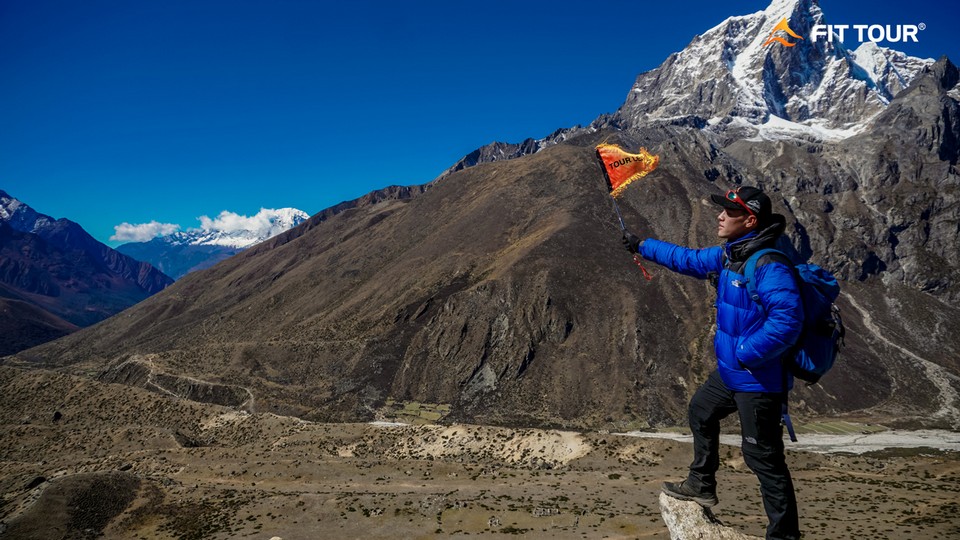
Continuing on, you will pass Gawula Pass at an altitude of 5,200 meters – one of the most beautiful viewpoints on the way to Everest. From here, you will see a panoramic view of five mountains over 8,000 meters high, including Everest, Lhotse, Makalu, Cho Oyu and Shishapangma. The endless snow-capped mountain ranges create a breathtaking scene that anyone would want to witness once.
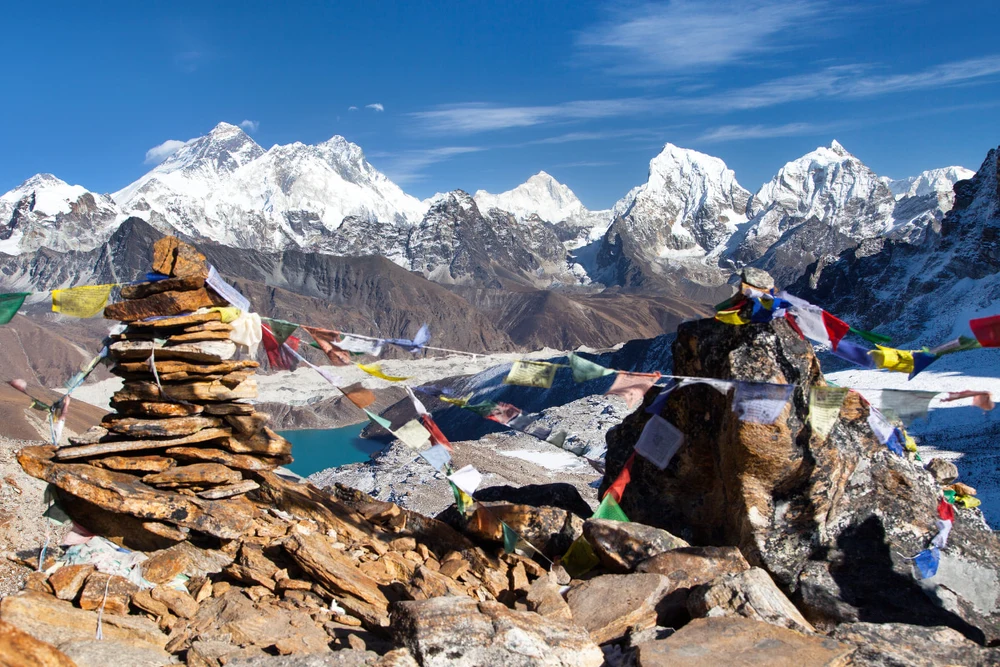
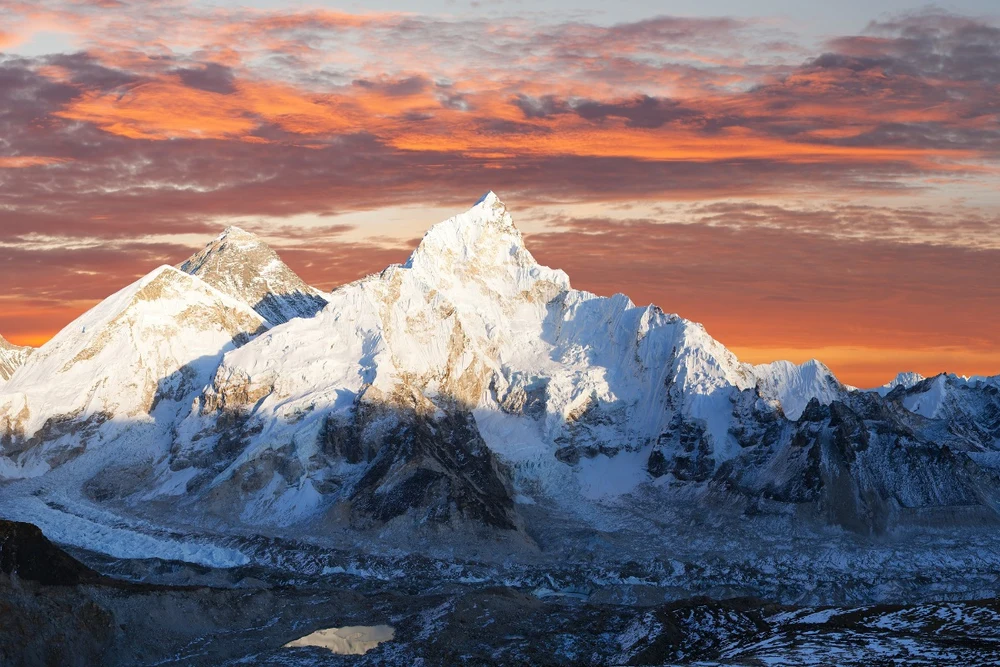
From Gawula Pass, you will head to Tashizom, a bustling small town before entering the Everest region. Here, you need to transfer to an eco-bus to continue the journey to Everest Base Camp. It is only about 19 km from the top of Everest. This is an ideal stop to enjoy the beautiful sunset when the last rays of the day cover the highest peak in the world. If the weather conditions are favorable, the clear sky will help you see Everest clearly.
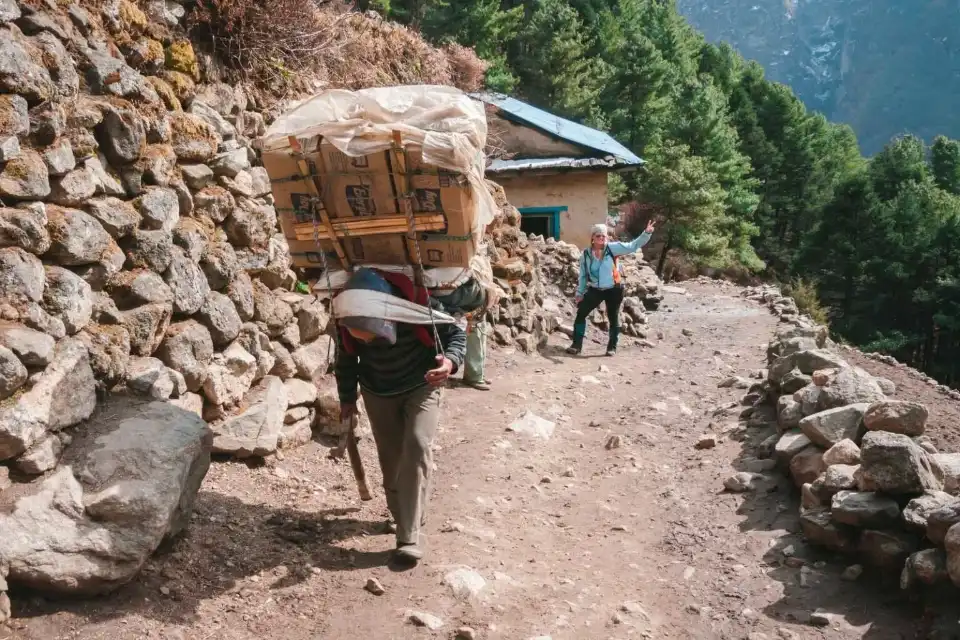
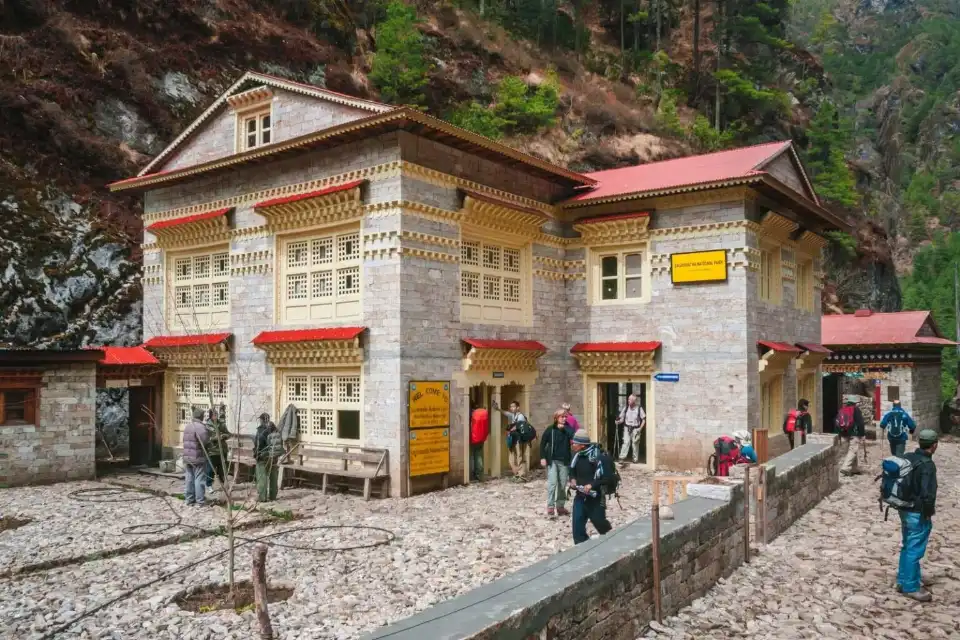
Day 6: Return to Shigatse – Relax and Experience Tibetan Cuisine
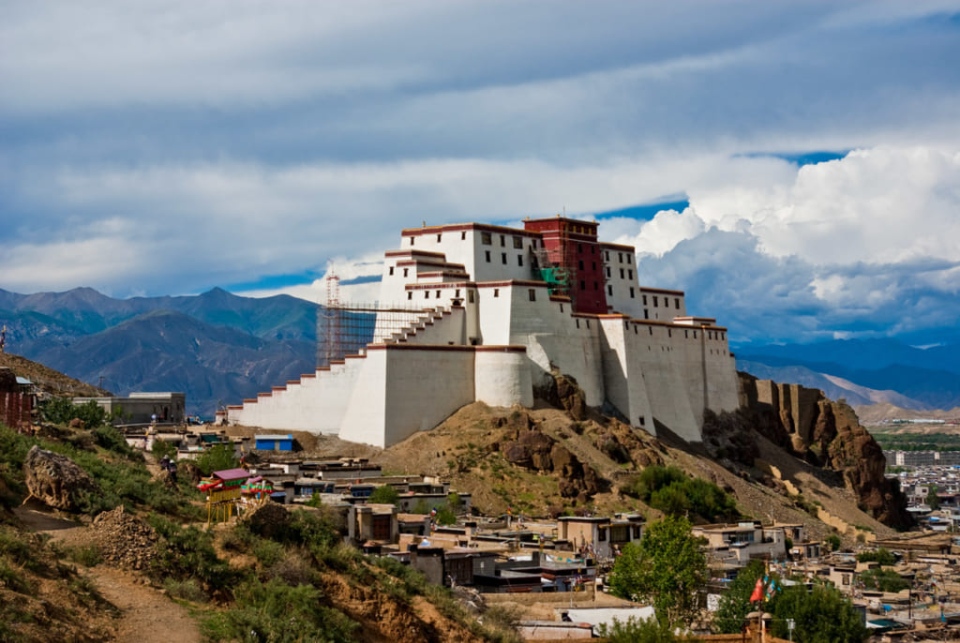
After conquering Everest Base Camp, the sixth day will be the time to return to Shigatse, enjoy relaxing moments and explore more Tibetan culture. In the morning, before leaving, visit Rongbuk Monastery – the highest monastery in the world at an altitude of 5,154 meters. This is where monks and nuns practice together, a quiet space in the middle of majestic nature. If the weather is nice, Mount Everest will appear clearly in the dawn, don’t miss this “unique” check-in opportunity.
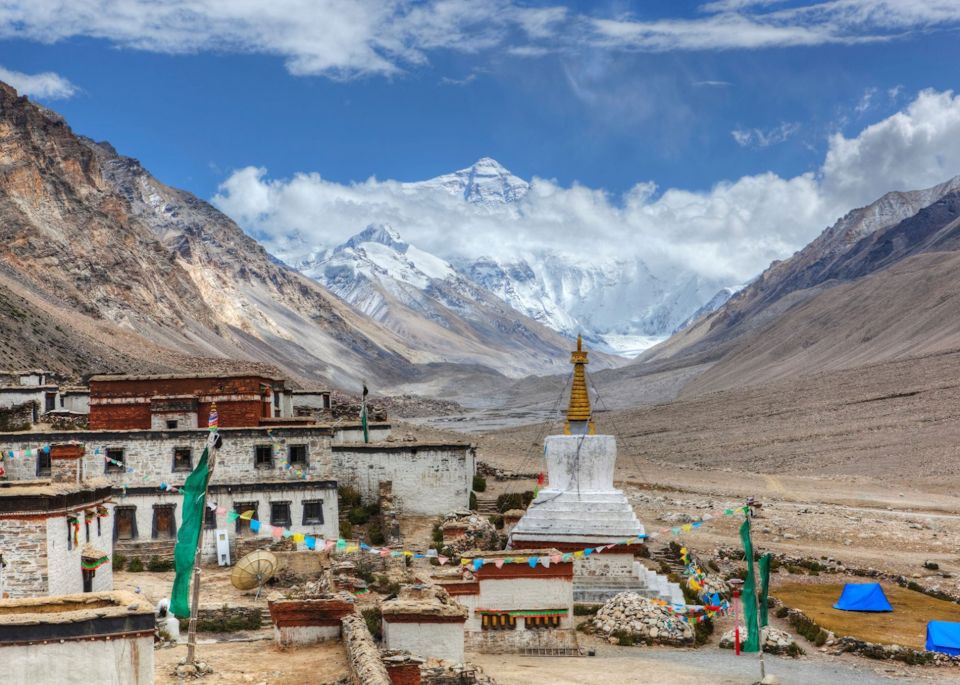

Leaving Rongbuk, the journey takes you back to Shigatse, passing through winding roads between the Himalayas. On the way, you can also stop at Chulop, one of the most beautiful observation points in the area, opening up a breathtaking view of the majestic mountain range. Continuing on the road, you will arrive at Sakya – a town with a strong Tibetan Buddhist imprint. Here, don’t miss the opportunity to visit Sakya Monastery to see the treasure trove of ancient scriptures and many precious murals. The impressive architecture with two tones of red and white makes the monastery stand out from other Buddhist buildings in the region.
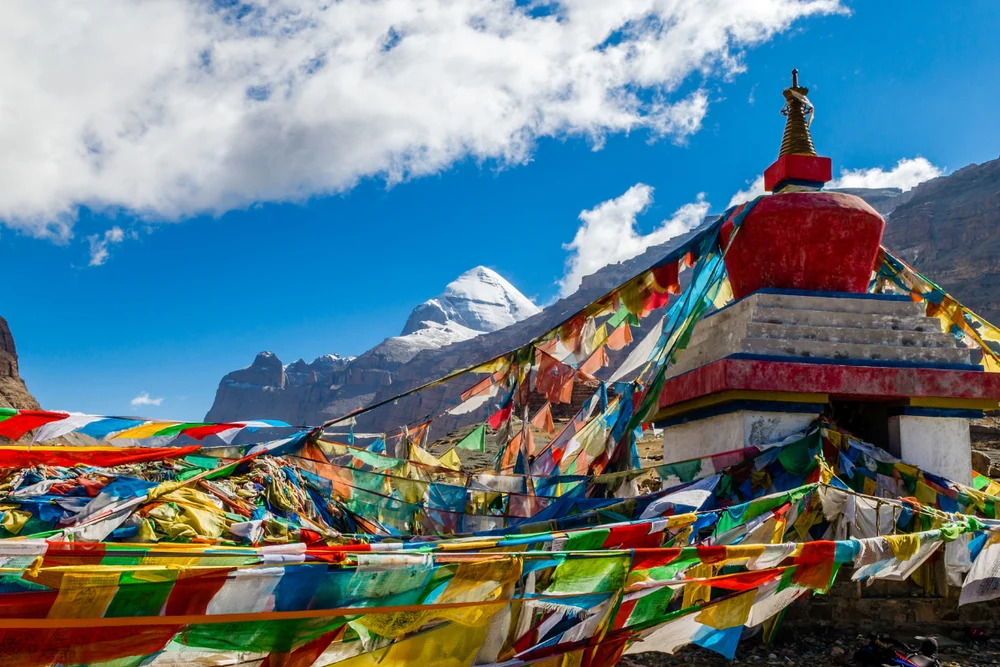
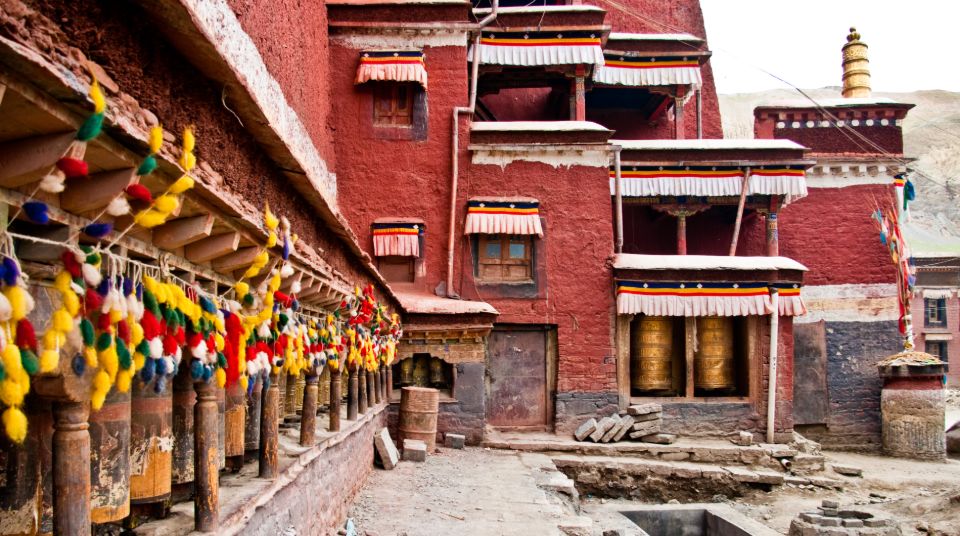
In the afternoon, you continue to drive about 148 km to Shigatse. After a long day, this is the time to relax and enjoy traditional dishes at a local restaurant. If you want to experience a space full of Tibetan culture, Wordo Kitchen is an ideal choice with its luxurious design and rich menu of Tibetan, Chinese and vegetarian dishes. In addition, if you like dishes with Nepalese and Indian flavors, visit Third Eye Restaurant to try the famous curry, momo and honey ginger tea.

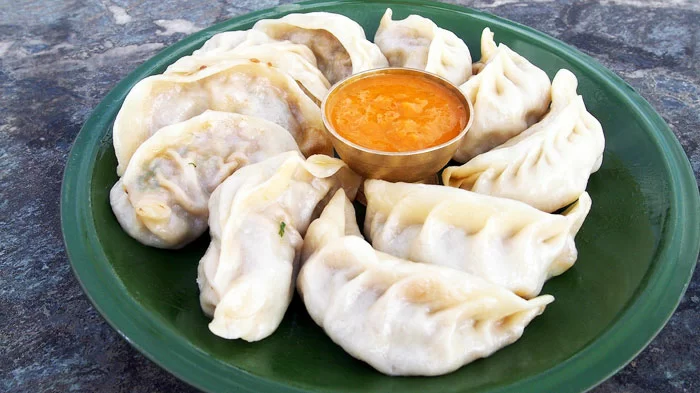
Day 7: End of Tibet Tour – Shopping & Return to Vietnam
The last day in Tibet begins with the journey back to Lhasa, ending the trip full of experiences. After breakfast, you will travel through the green grasslands, watching nomads herding their cattle. You will feel the peaceful life of the highlands and have the opportunity to capture beautiful moments on the vast fields. If you like, you can stop to enjoy a light meal in the middle of nature, enjoying the fresh air before departing.
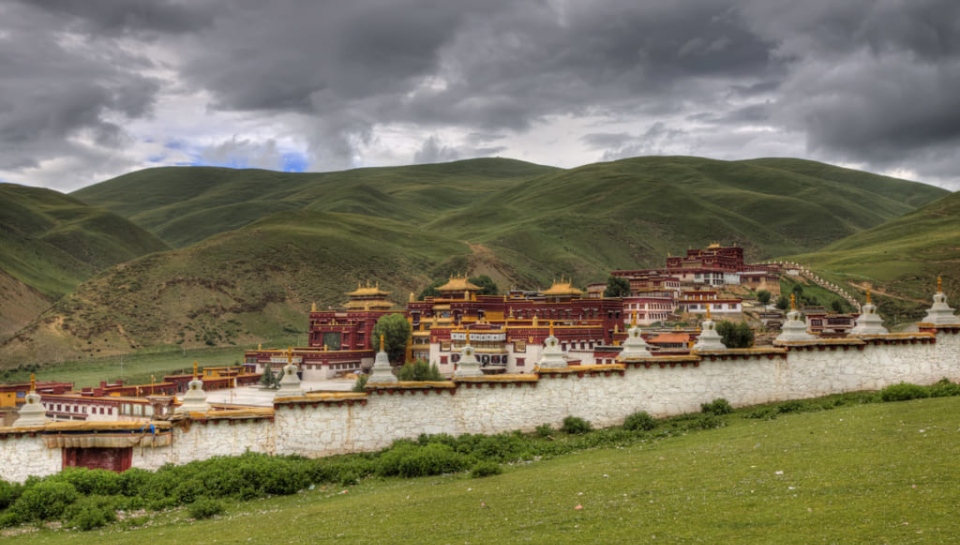
On the way back to Lhasa, you will pass Chungmu Khangar – a 7,048m high peak of the Nyenchen Thangla range. Here, you should stop to admire the white glacier and take a souvenir photo with a picturesque scene. Continuing on, you will conquer Shugula Pass at an altitude of 5,411m, covered in snow all year round. The feeling of touching the cold ice in the middle of Tibet will definitely be a memorable experience.
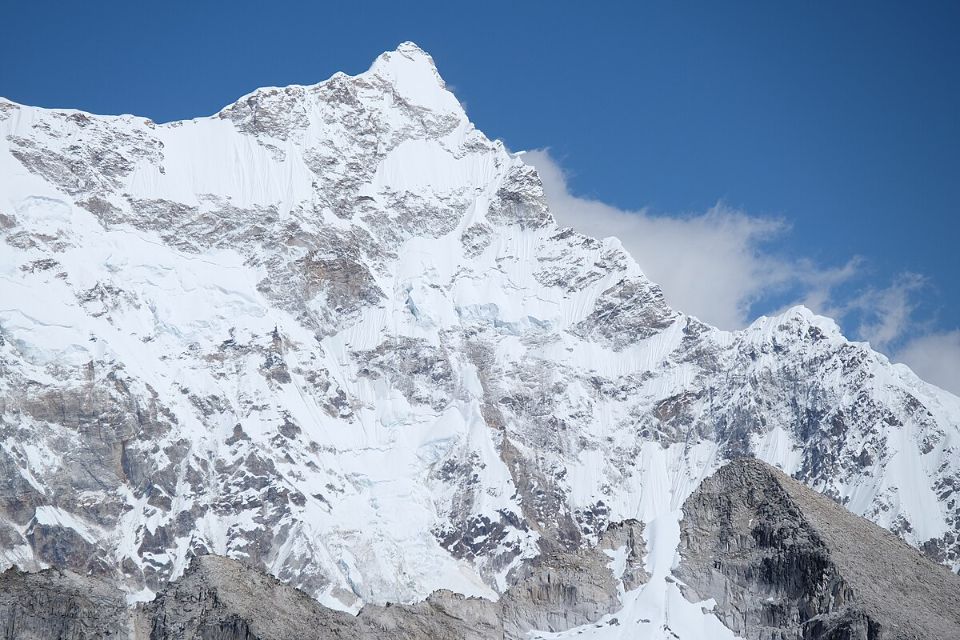
In the afternoon, you will return to Lhasa and have time to rest before going to the airport. If you have some spare time, take some time to wander around Barkhor Street and find some souvenirs. In the evening, go to Lhasa airport to return to Vietnam. Depending on your flight itinerary, you will depart from Lhasa Gonggar airport to major cities in China such as Chengdu, Chongqing or Guangzhou (ticket price is about 1,500 RMB ~ 5,262,705 VND), then continue flying back to Vietnam (ticket price from 3,000,000 VND depending on the airline). Read more: What to buy Tibetan souvenirs here.
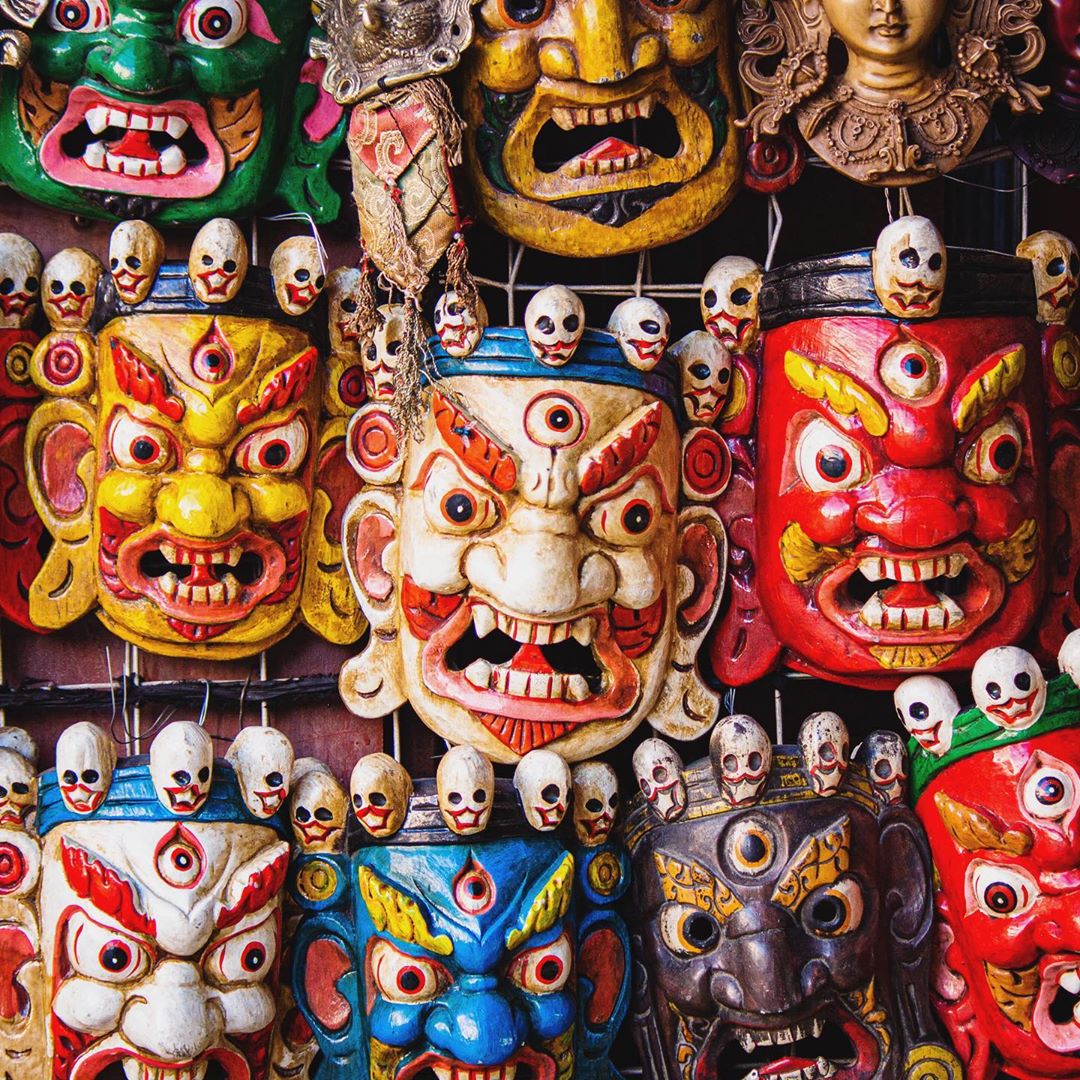
Frequently Asked Questions When Traveling to Tibet

Can I travel to Tibet on my own?
No, foreign tourists are required to join a tour organized by a Tibet travel company. You need to have a tour guide with you throughout the trip and cannot move freely like other destinations.
When is the best time to travel to Tibet?
Spring (April – June) and autumn (September – October) are ideal because the weather is pleasant, the sky is clear, and it is convenient for sightseeing. Winter is cold but there are few tourists, suitable if you want a quieter experience.
What should you prepare to reduce the risk of altitude sickness?
Take at least 1 – 2 days to adapt to the altitude, drink enough water, limit alcohol and do not overexert yourself. If necessary, bring oxygen tanks and altitude acclimatization medications.
Can I use credit cards in Tibet?
Cash (RMB) is still the main method of payment. Some large hotels and restaurants may accept credit cards, but it is best to exchange money before arriving.
Are there any taboos to keep in mind when traveling to Tibet?
Do not touch Tibetans on the head, do not take pictures of temples or monks without permission, do not move offerings in monasteries, and always walk clockwise when visiting religious sites.
A trip to Tibet will definitely bring you unforgettable experiences. This is an opportunity for you to explore spectacular roads, ancient temples, and enjoy the fresh air in this mysterious land. Every moment in Tibet will leave you in awe. Prepare yourself to discover many wonders at this “roof of the world”, and do not forget to save the best memories with your camera during your journey!
Some best day tours, trips, activities and transfer services, tickets in, from and to Tibet you can refer to
- 5-day winter tour of Mount Everest Glacier Circuit in Tibet
- Tibet Laigu Glacier 5 days
- Winter 8th Day in the Holy City of Lhasa
- Tibet from Glacier to Holy City 6 days and 6 nights
- Tibet Linzhi Ice and Snow Peach Blossom Land 6 days
- Tibet Photography Journey
- 5-day winter tour in Tibet [Laigu Glacier + Namjagbarwa + Half Ring
- City walk in Barkhor Street, Lhasa, Tibet
- 5 days and 4 nights on the Tibet Sapu Zizhu Monastery Ring Route
- 8 days and 7 nights in-depth play on Mt. Everest in Tibet
- [Shigatse Loop 11th] Tibet Himalayan Snow Mountain Pilgrimage (Himal
- Tibet Peach Blossom Festival Nyingchi Jinchuan Tibetan Area 10 Days 10 Nights Flower Searching Tour
- 7 days and 6 nights of in-depth fun in Kathmandu, Lhasa, Tibet
Read more Tibet guide here.



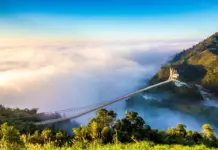

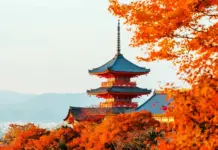

















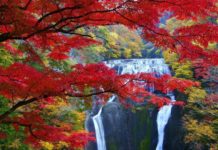
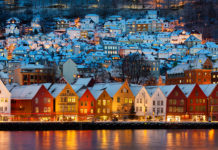






![10 best airports in Asia in 2016 [RANKED] kuala-lumpur-international-airport-best airports in asia in 2016 by skytrax ratings](https://livingnomads.com/wp-content/uploads/2016/08/29/kuala-lumpur-international-airport-best-airports-in-asia-in-2016-by-skytrax-ratings-218x150.jpg)
